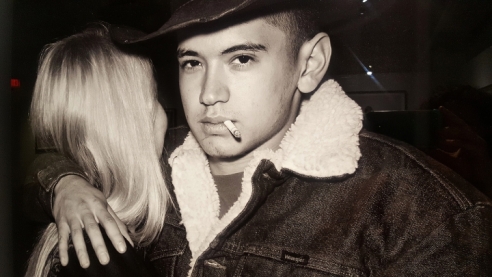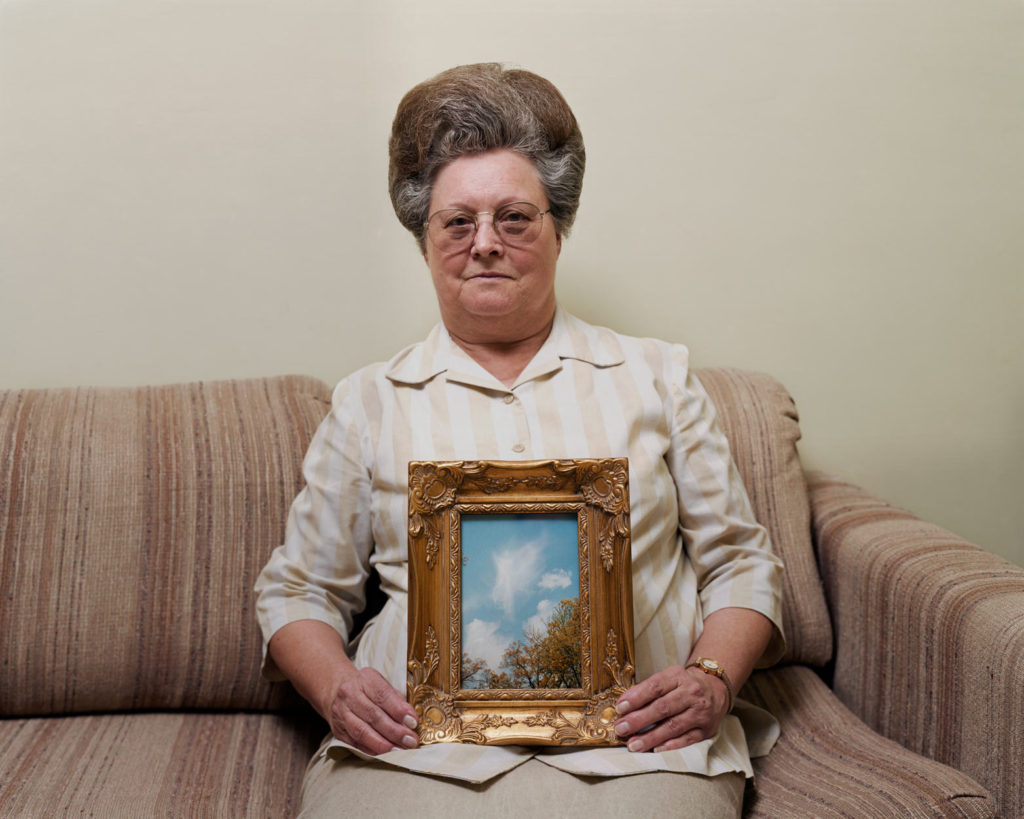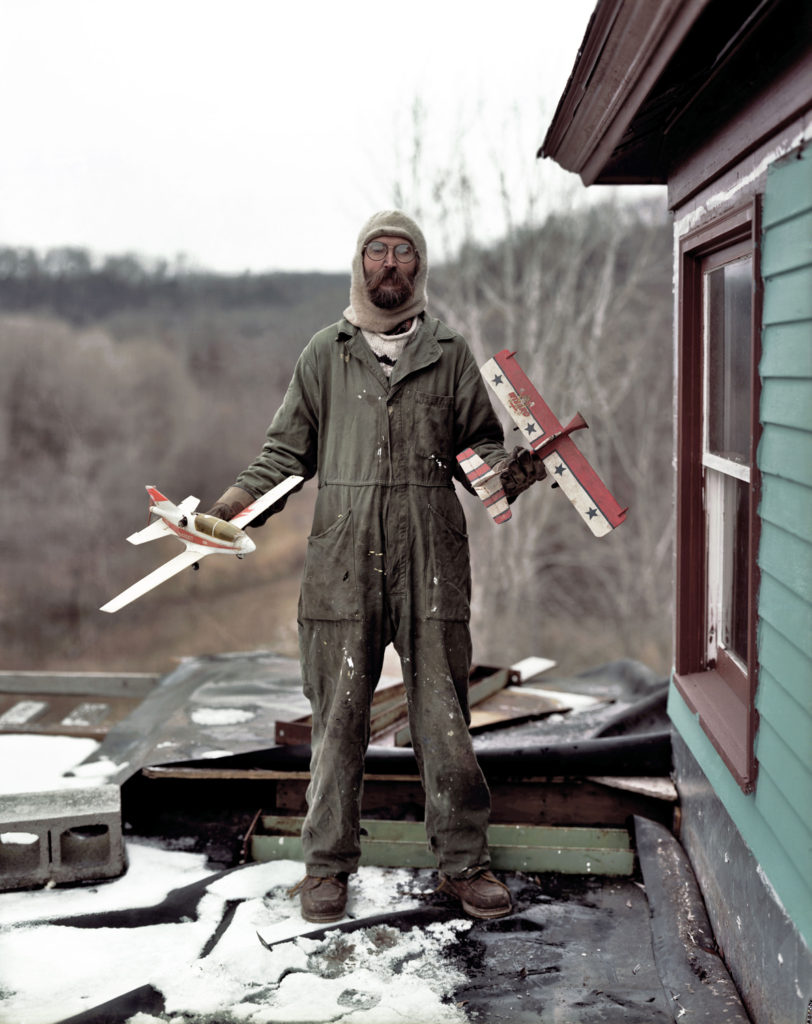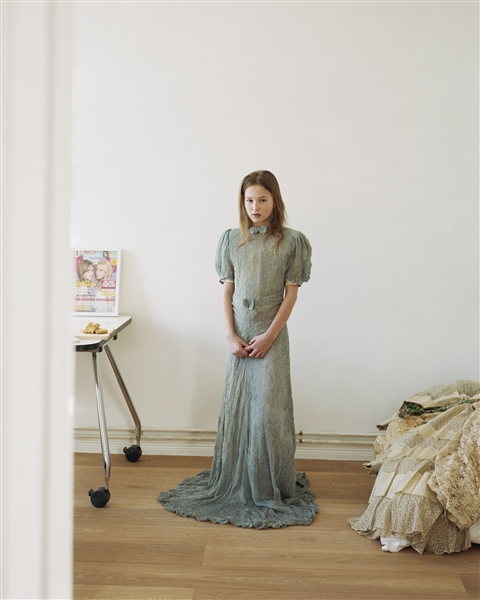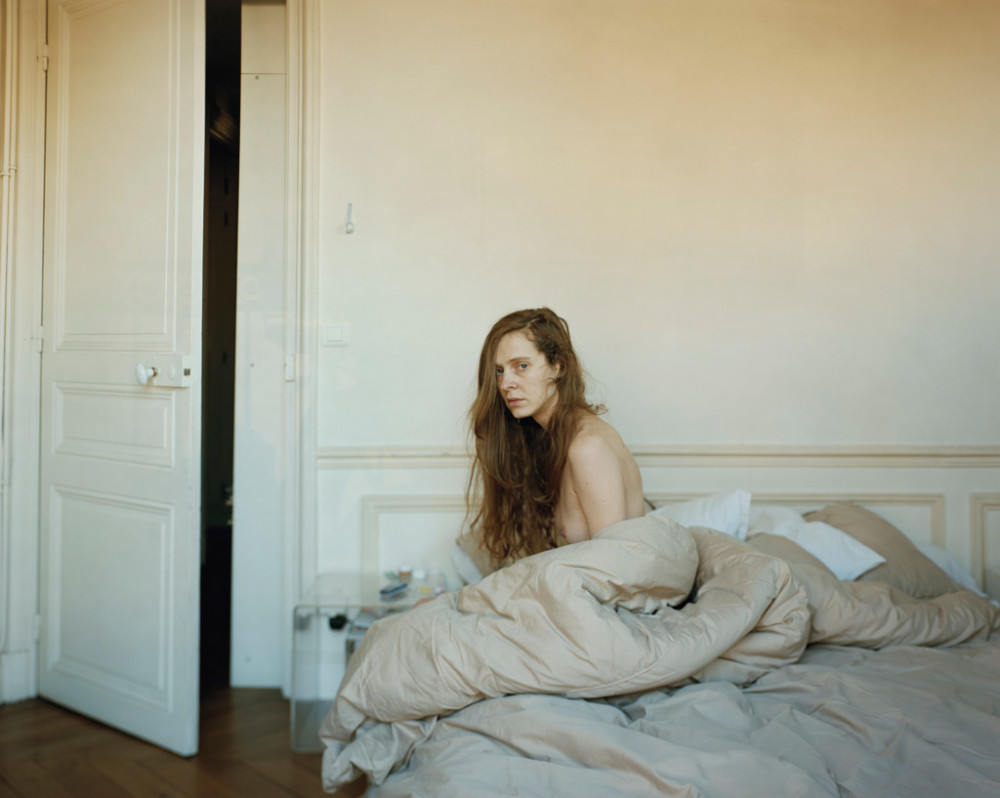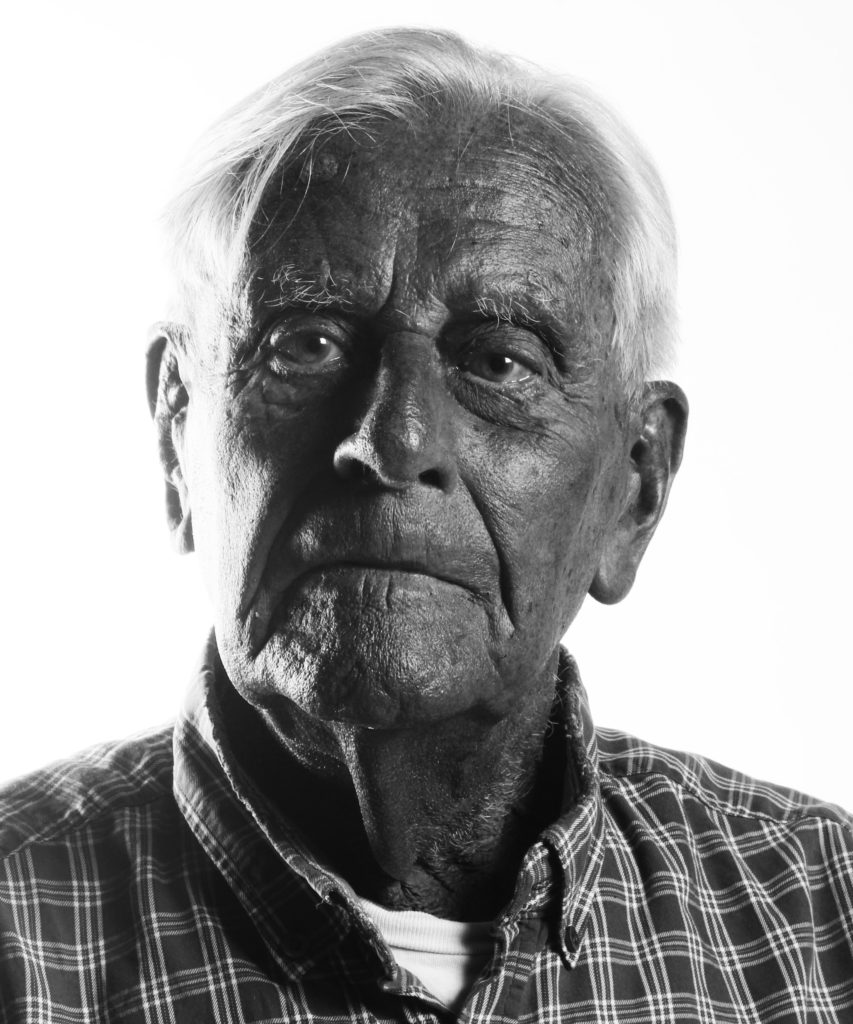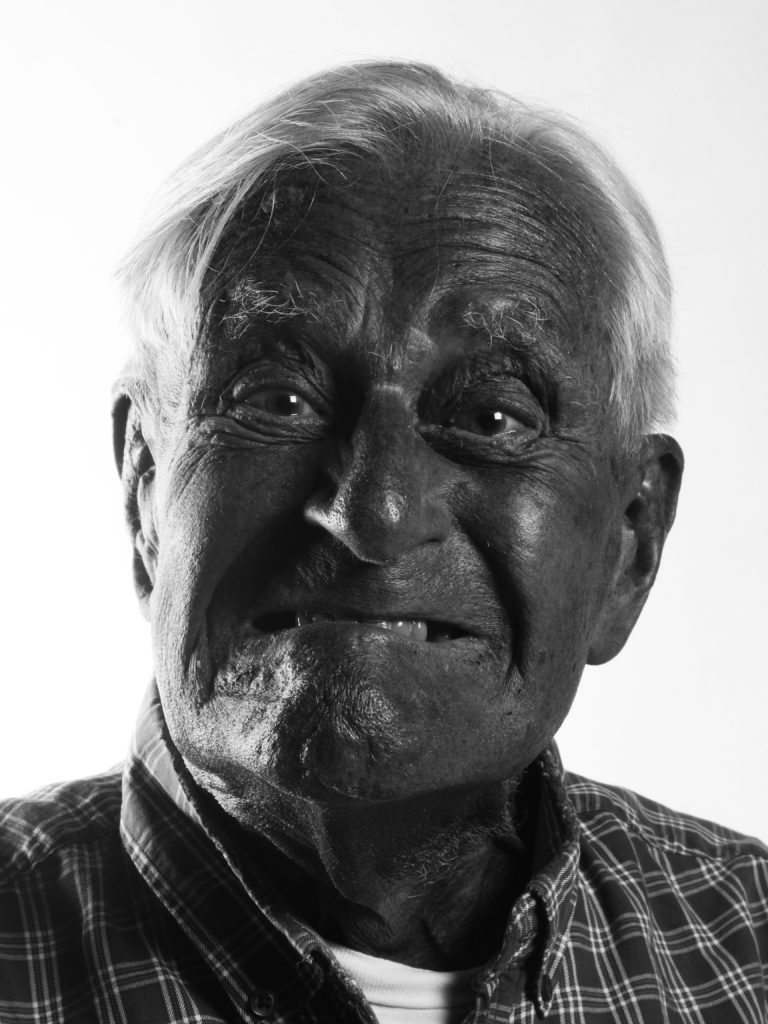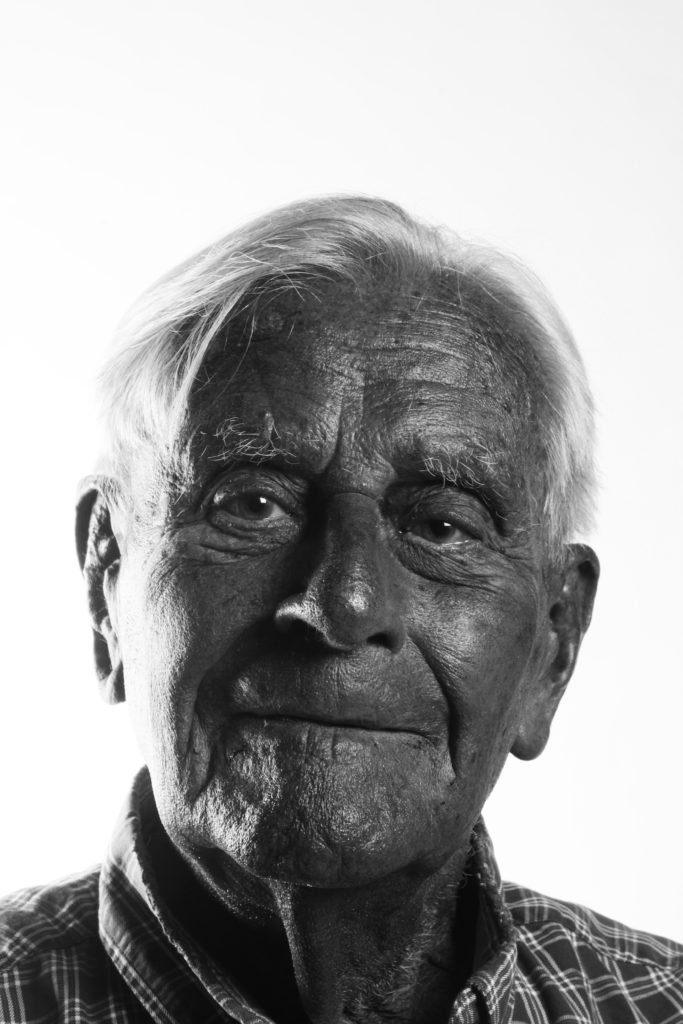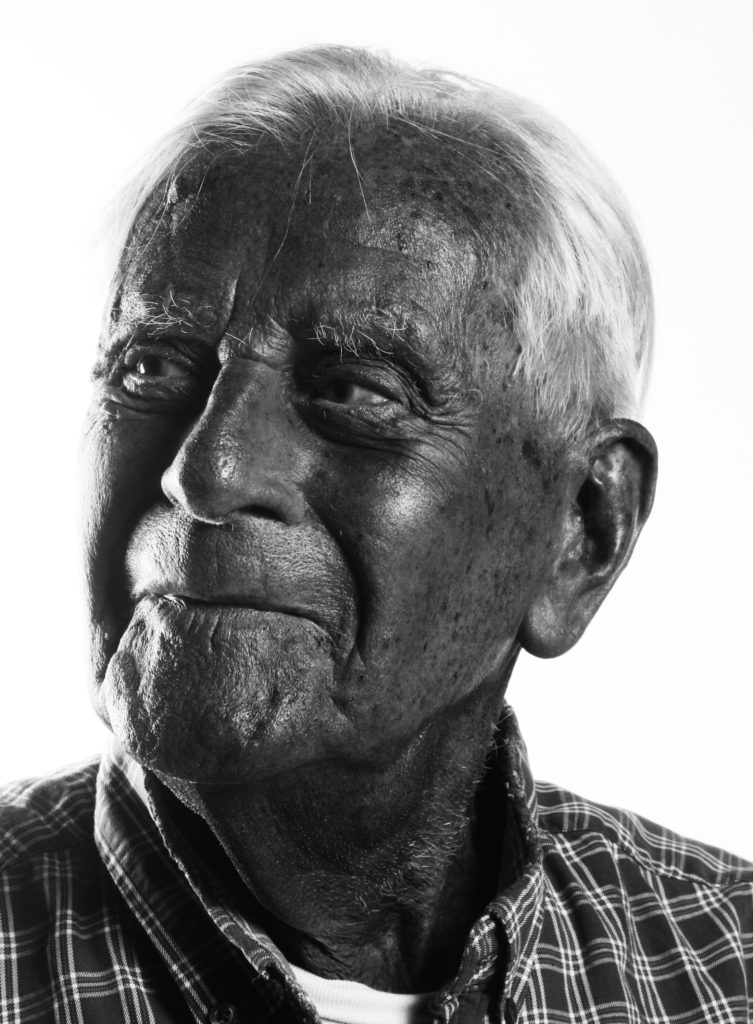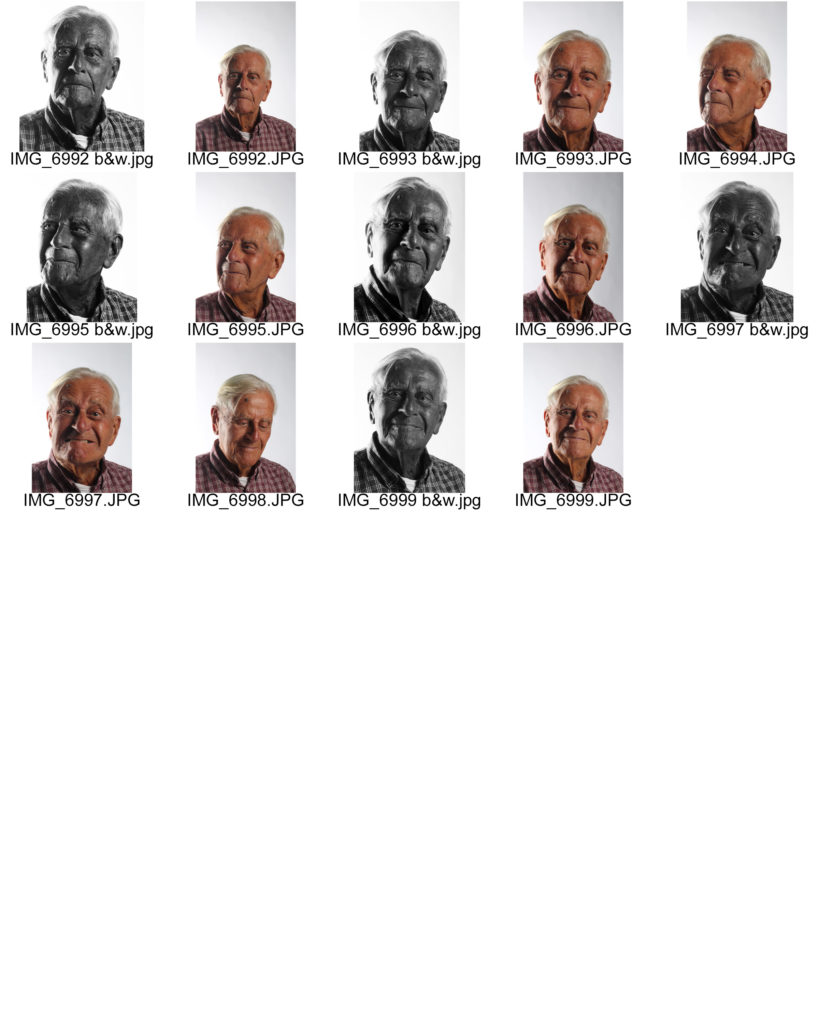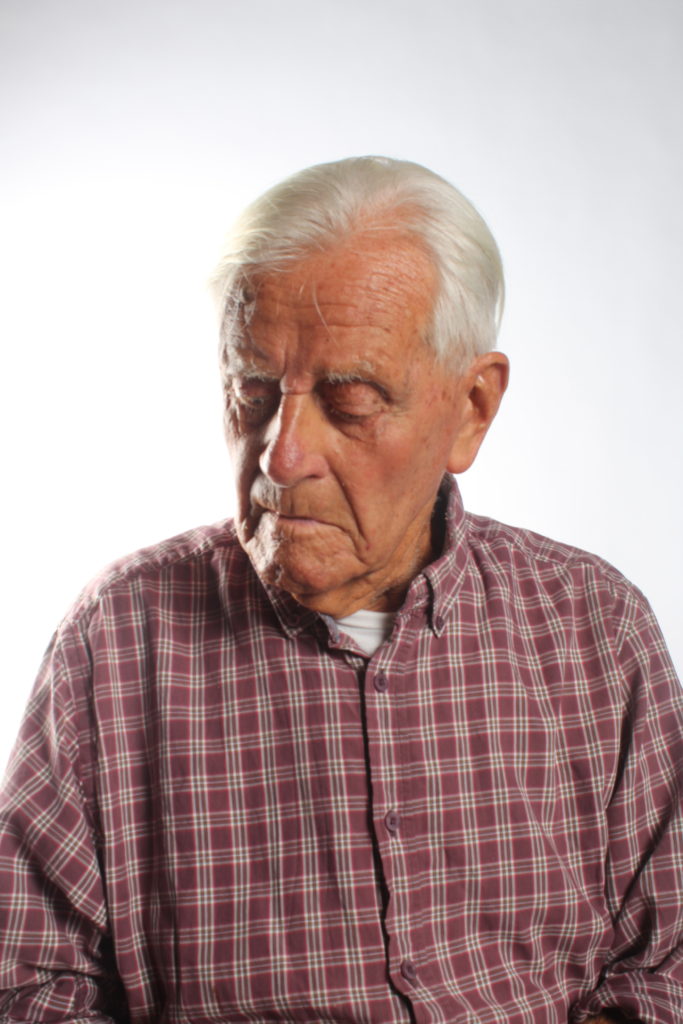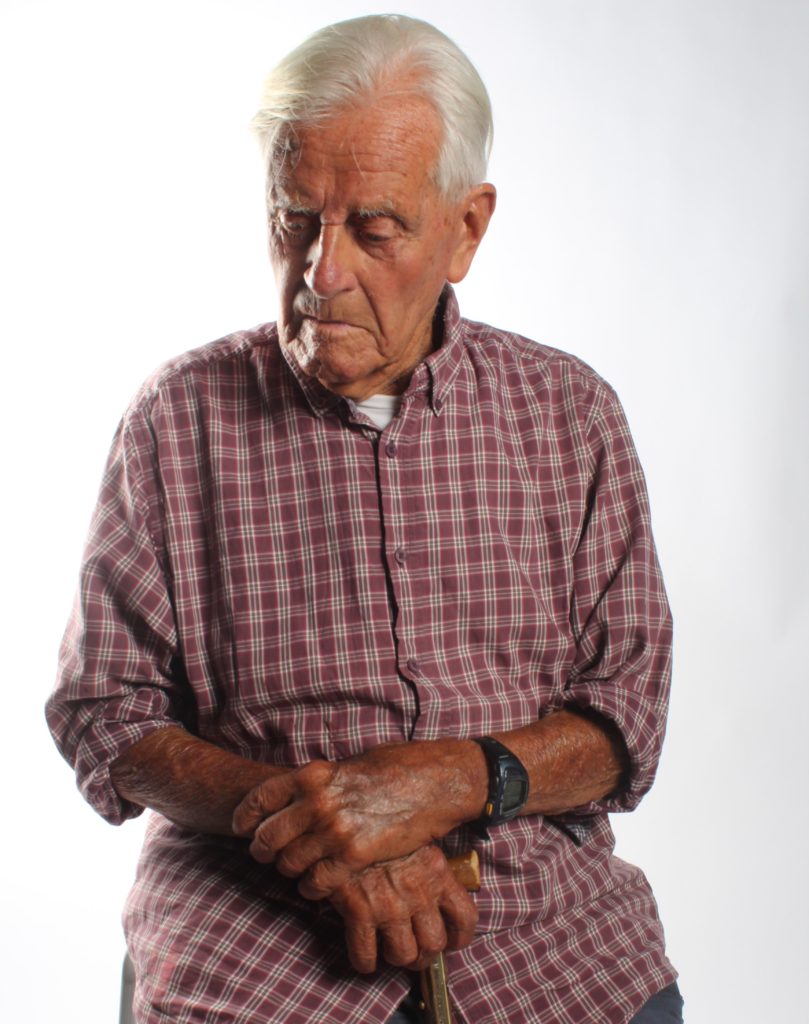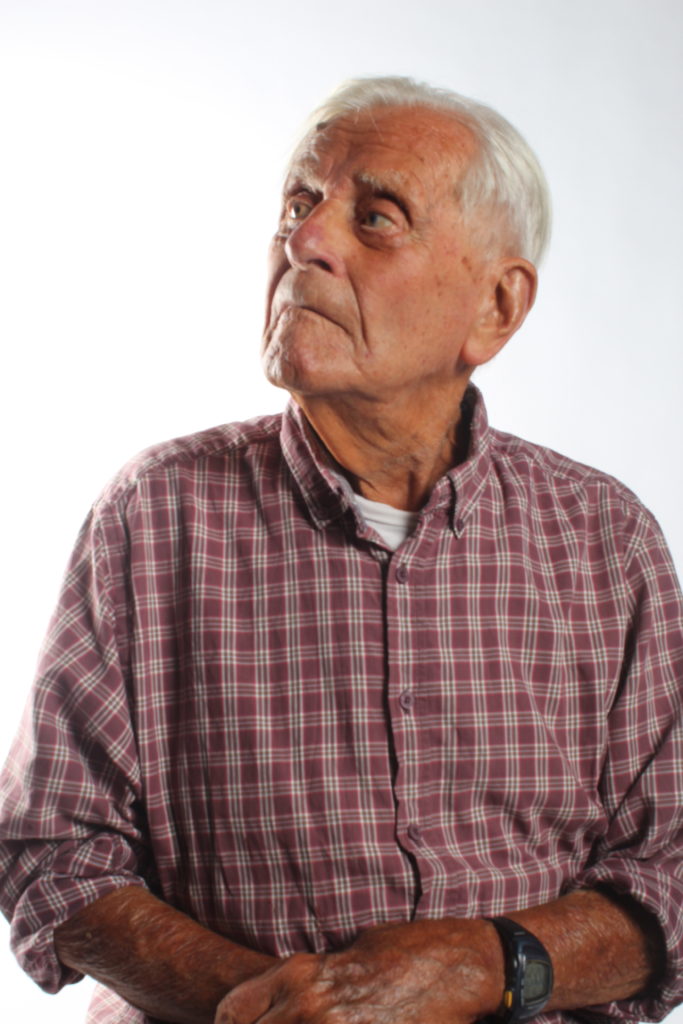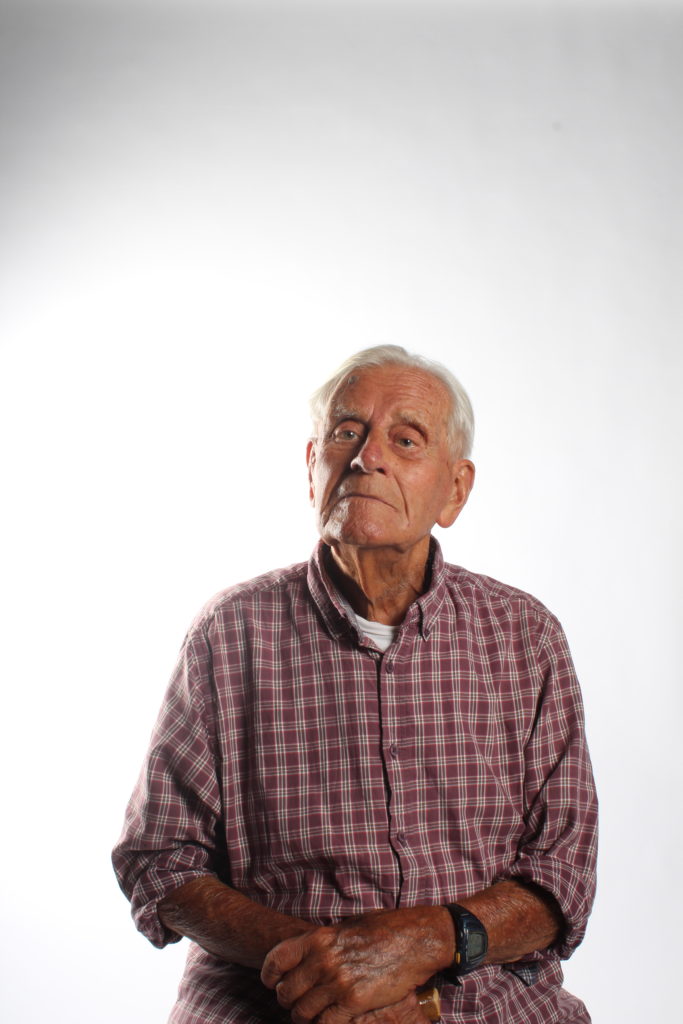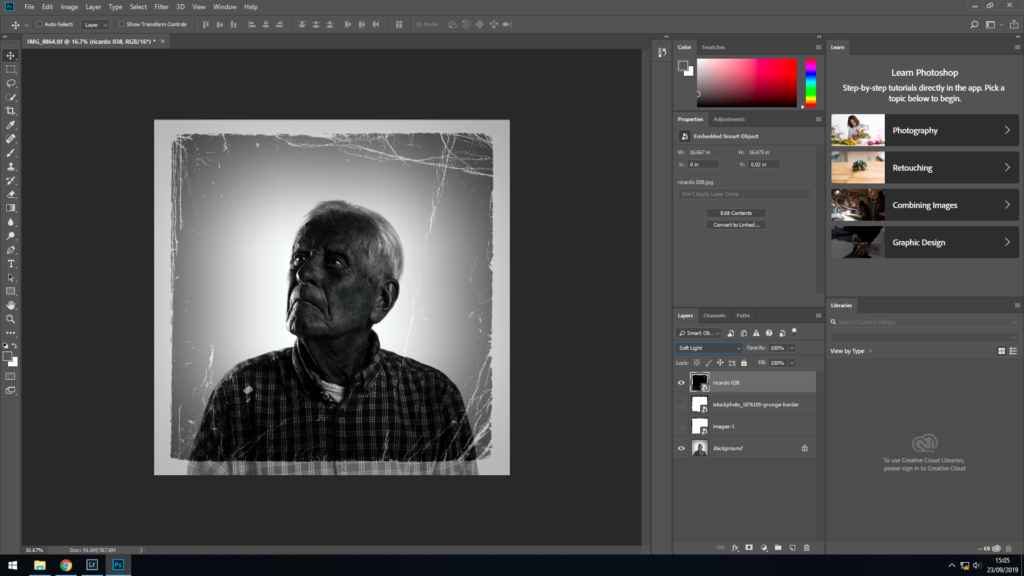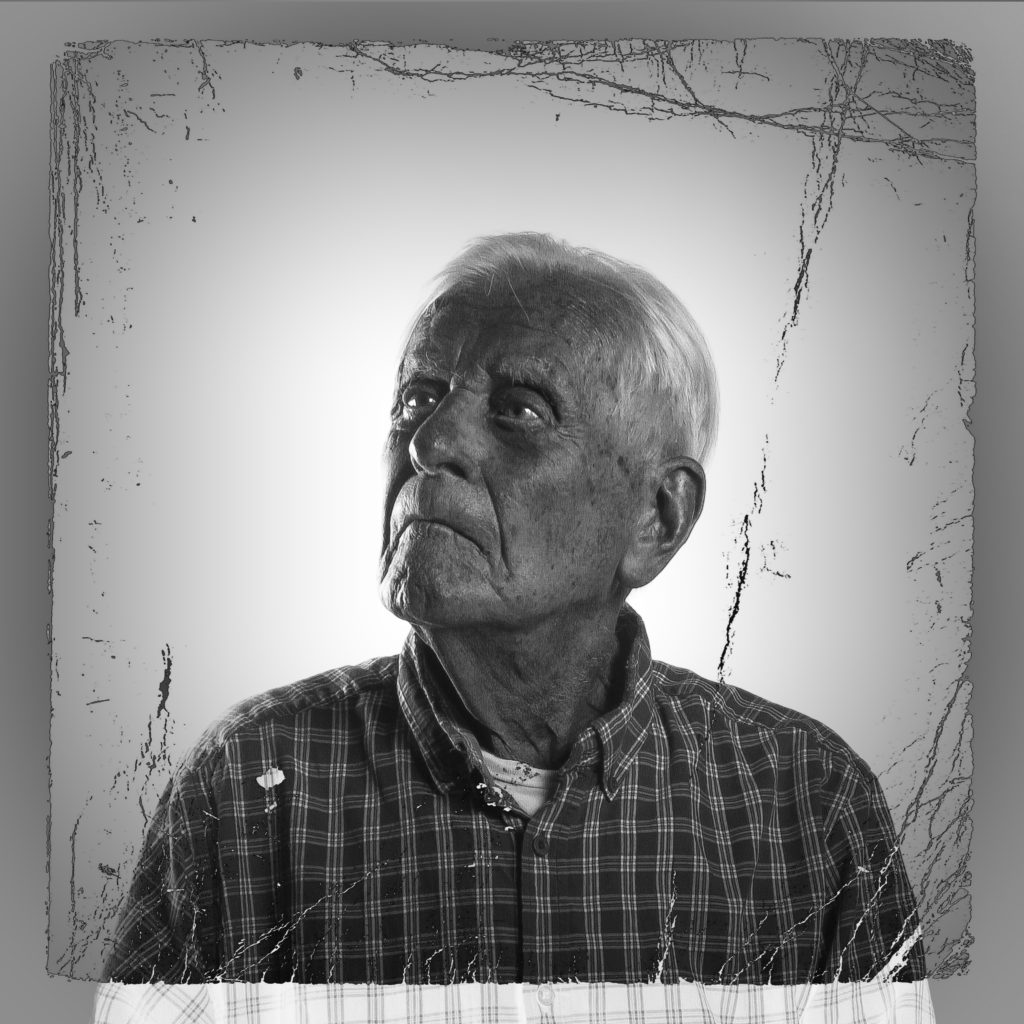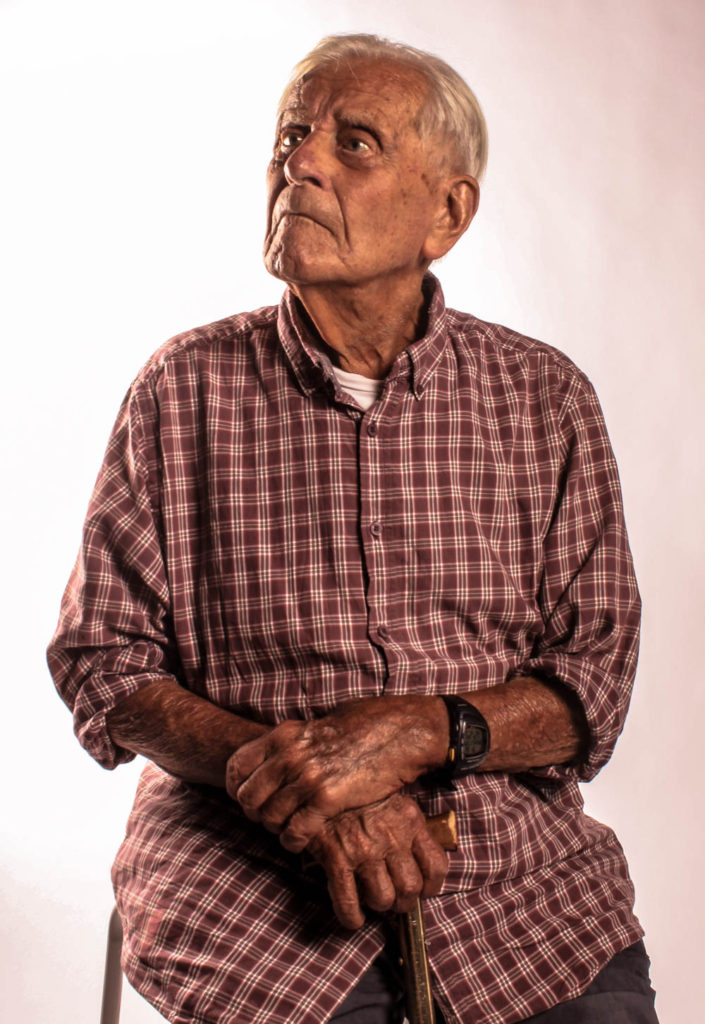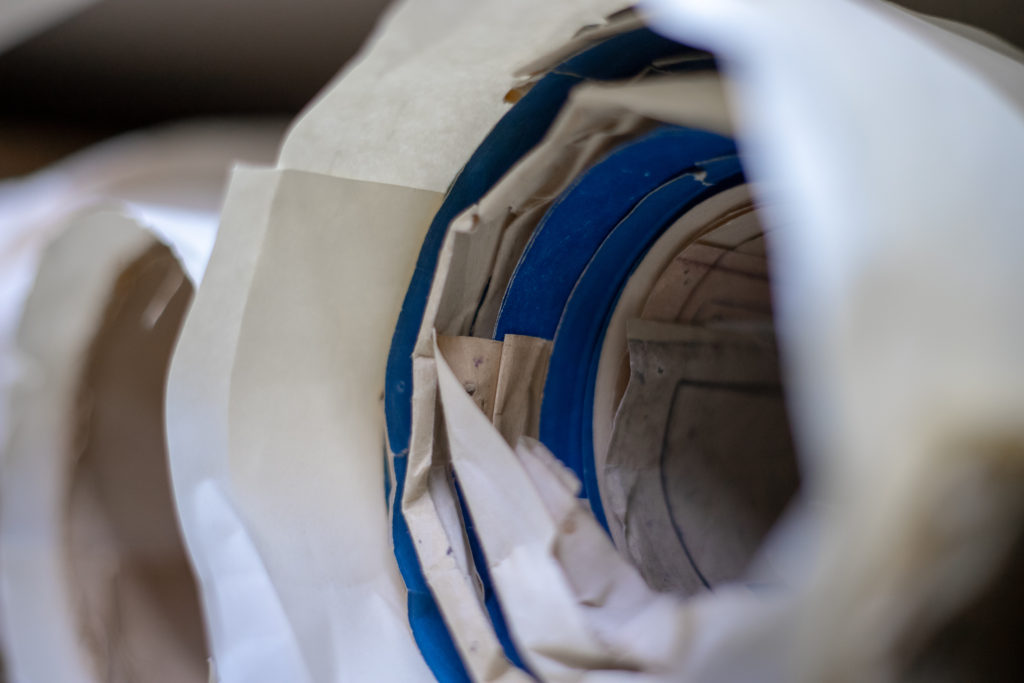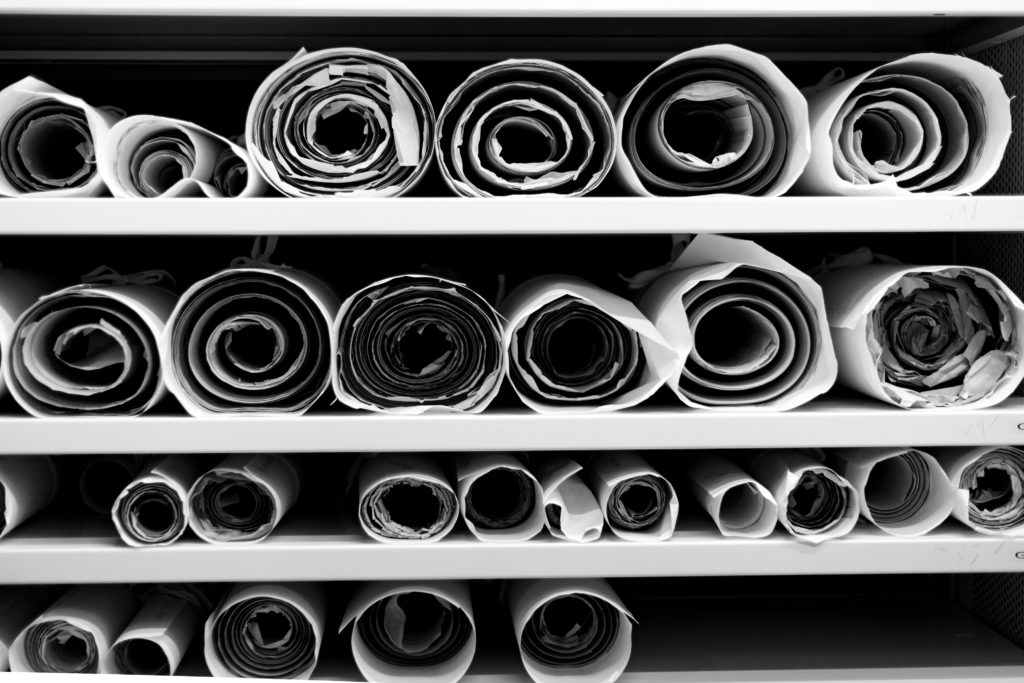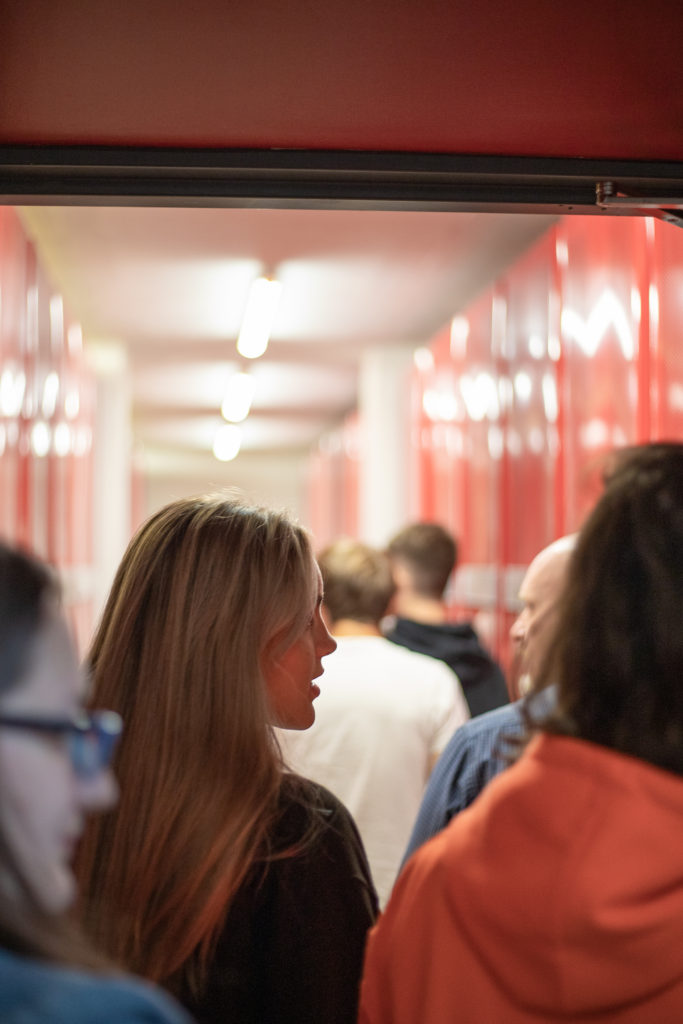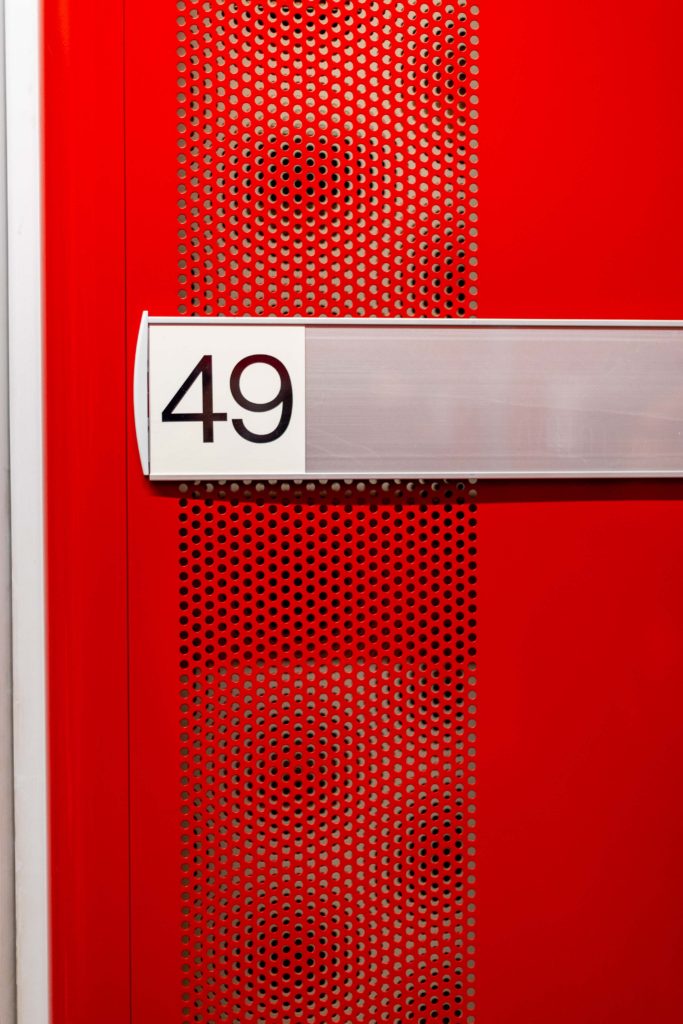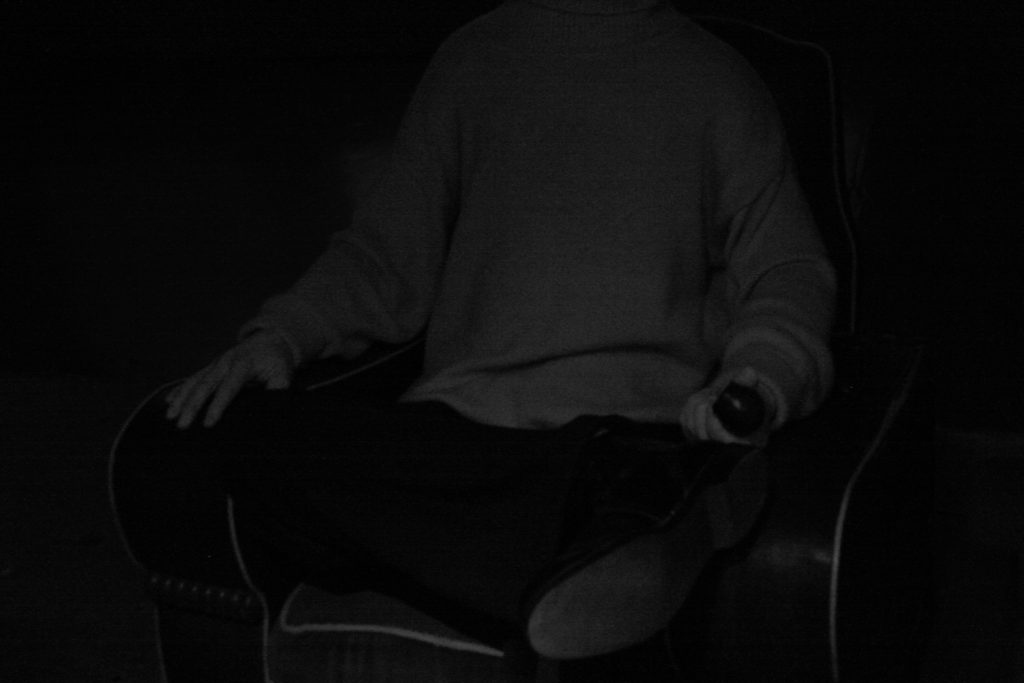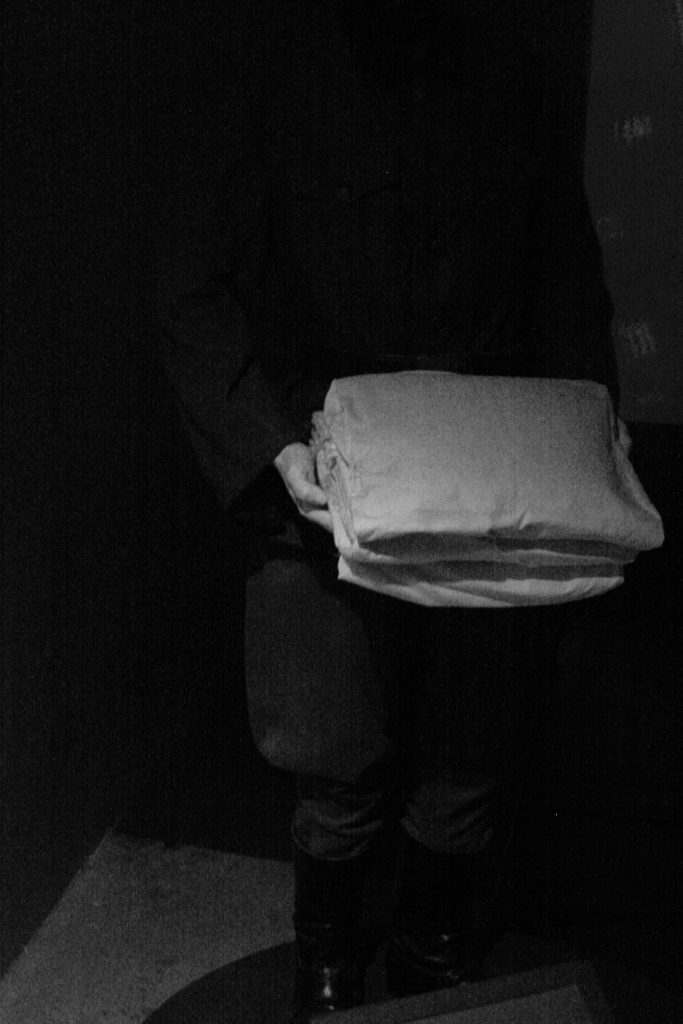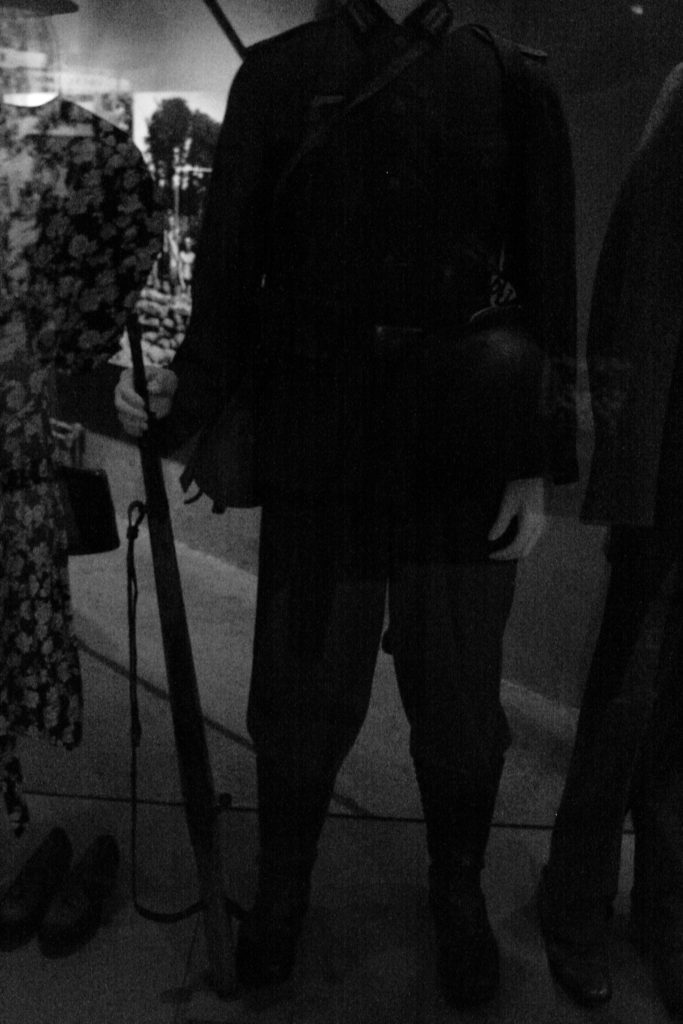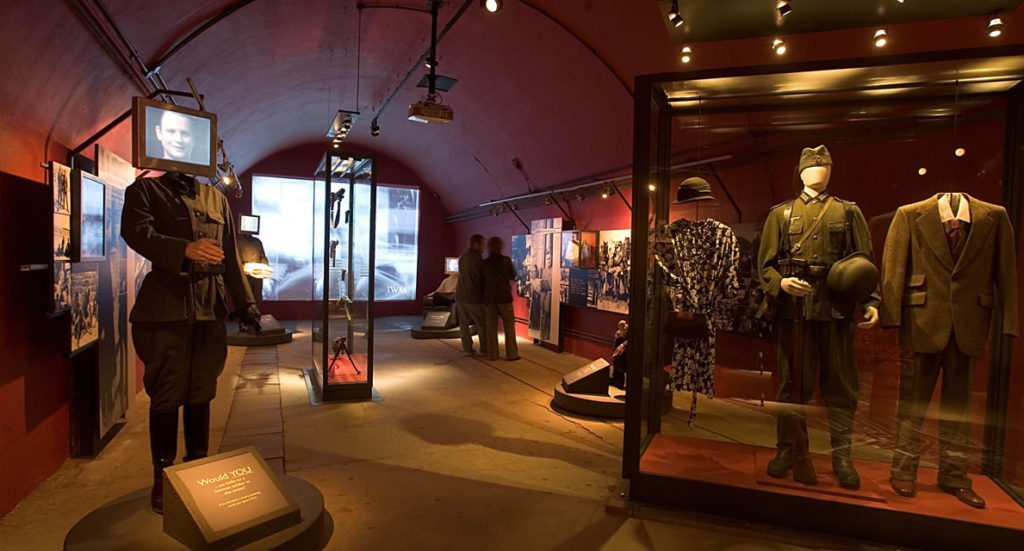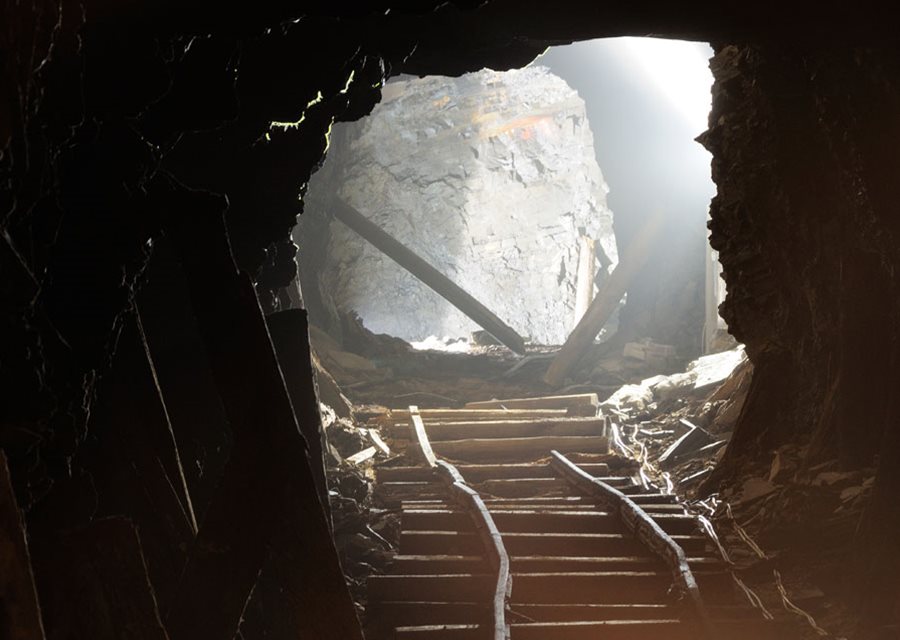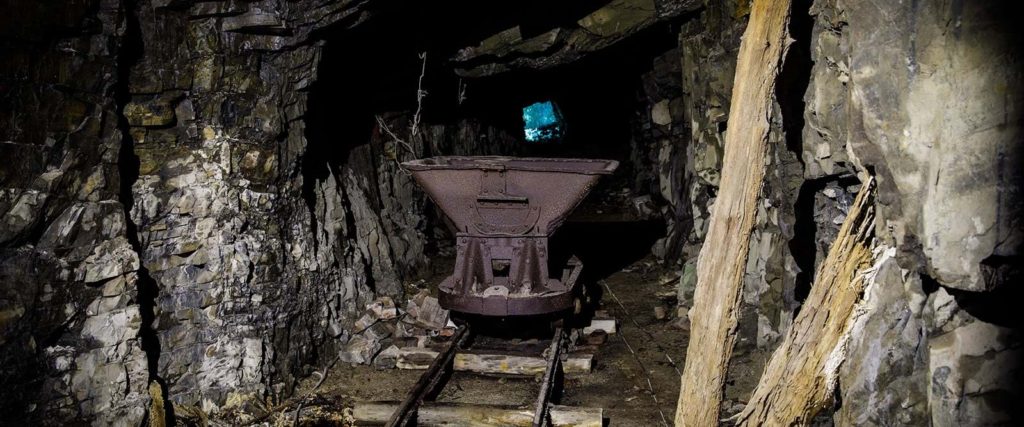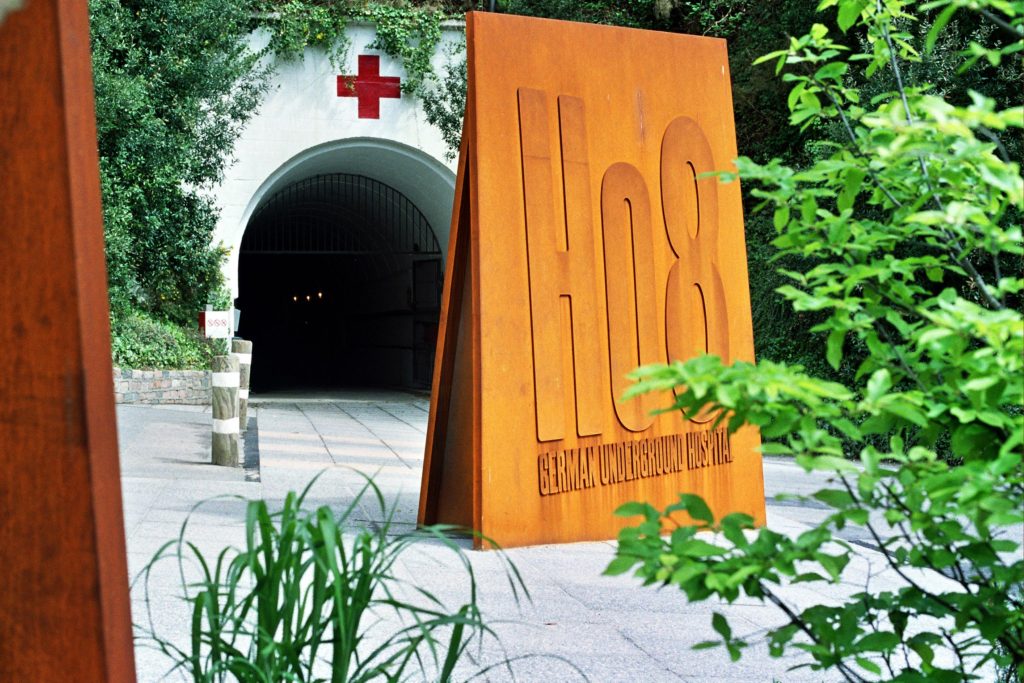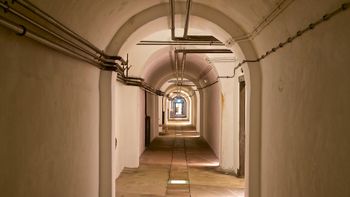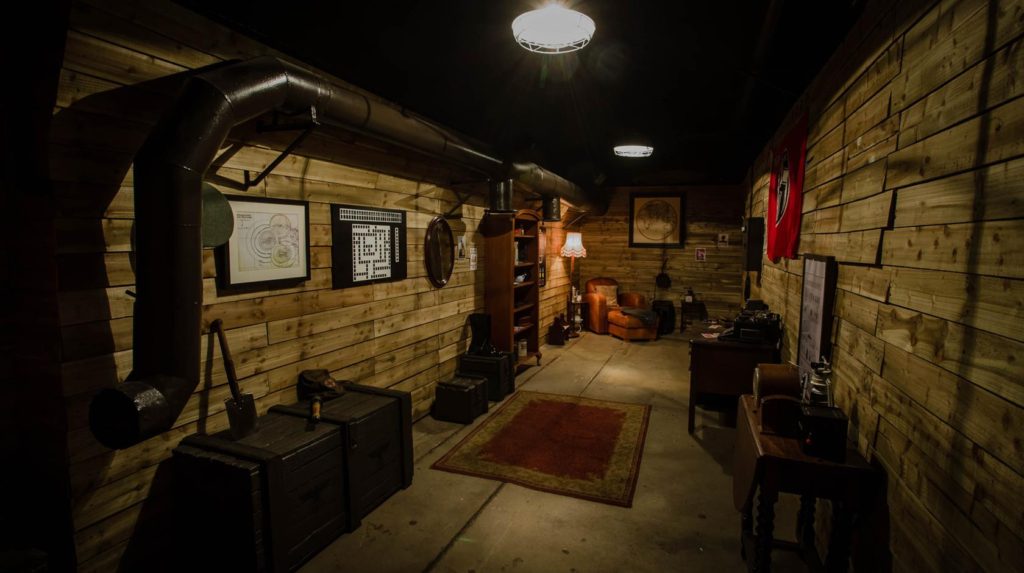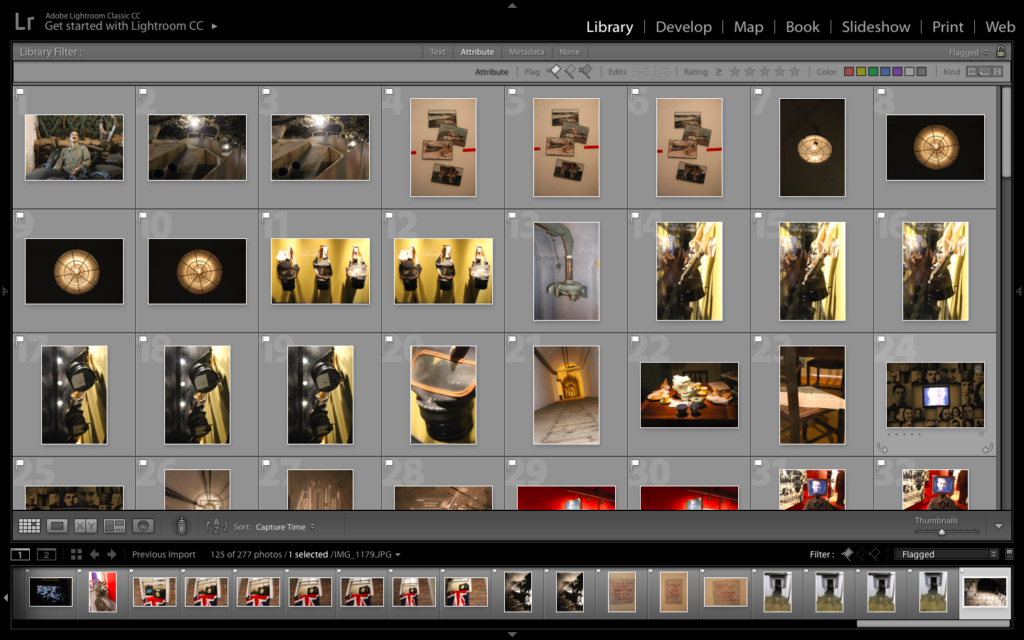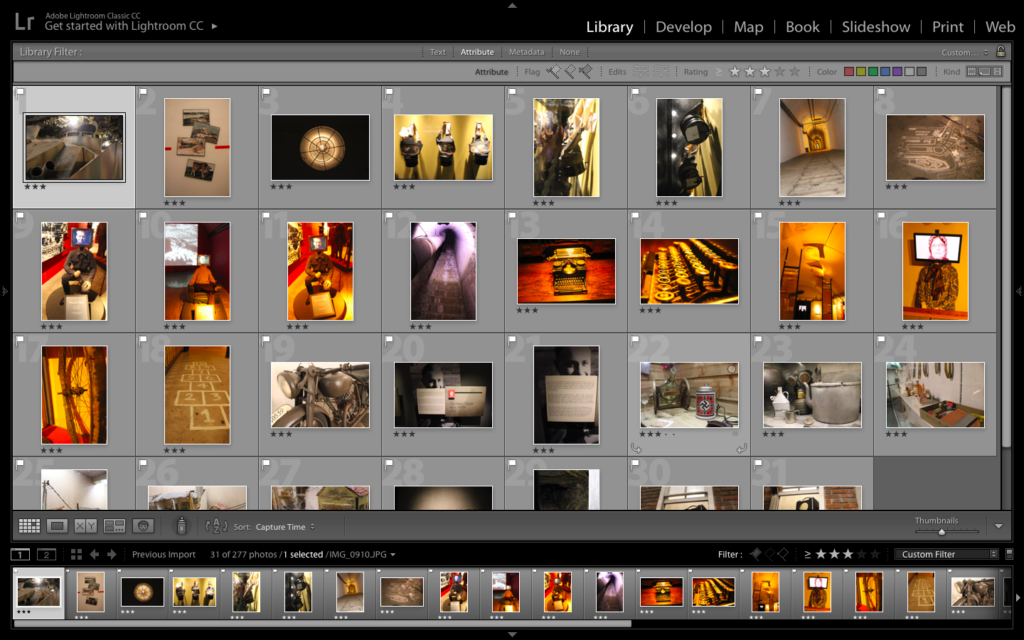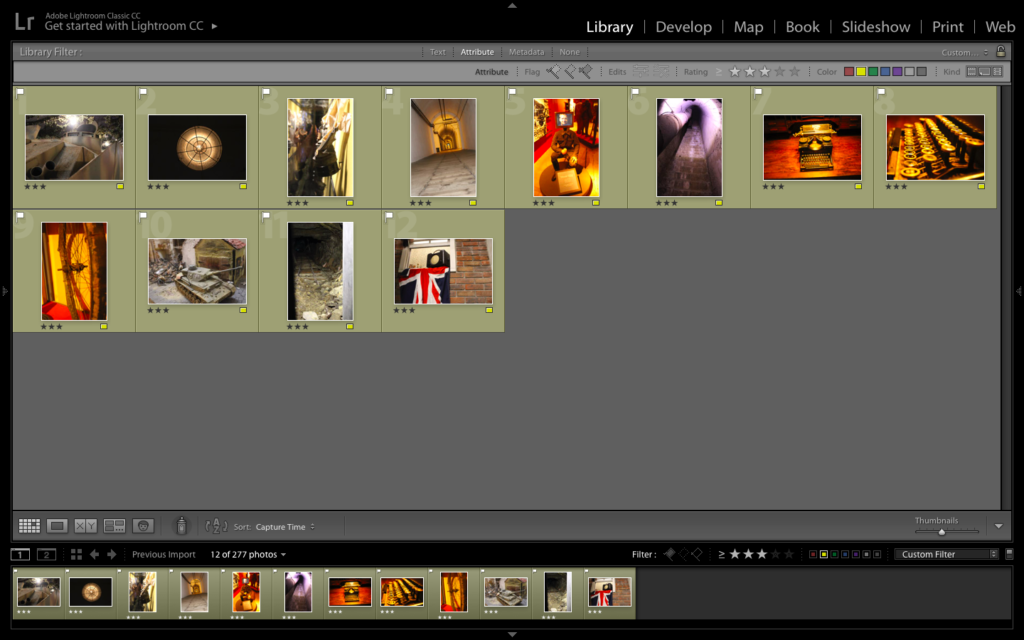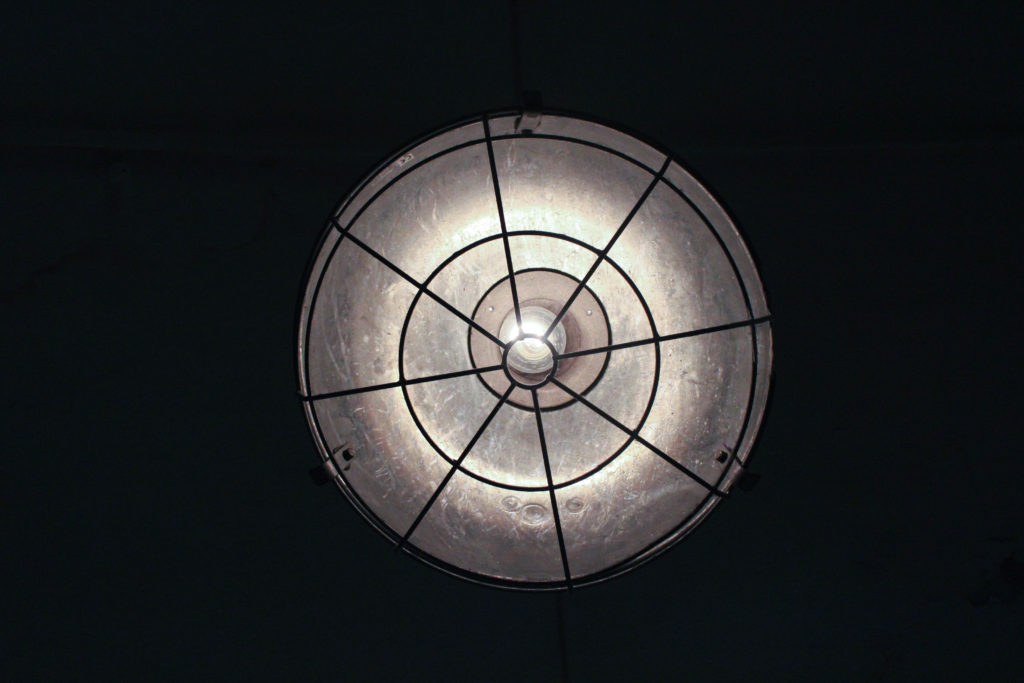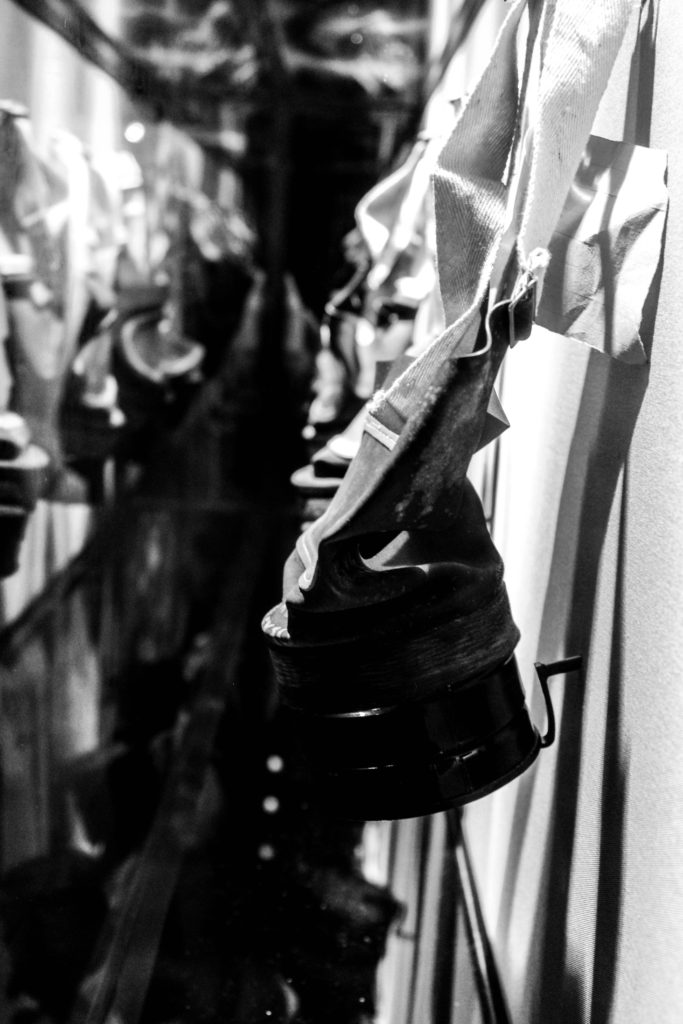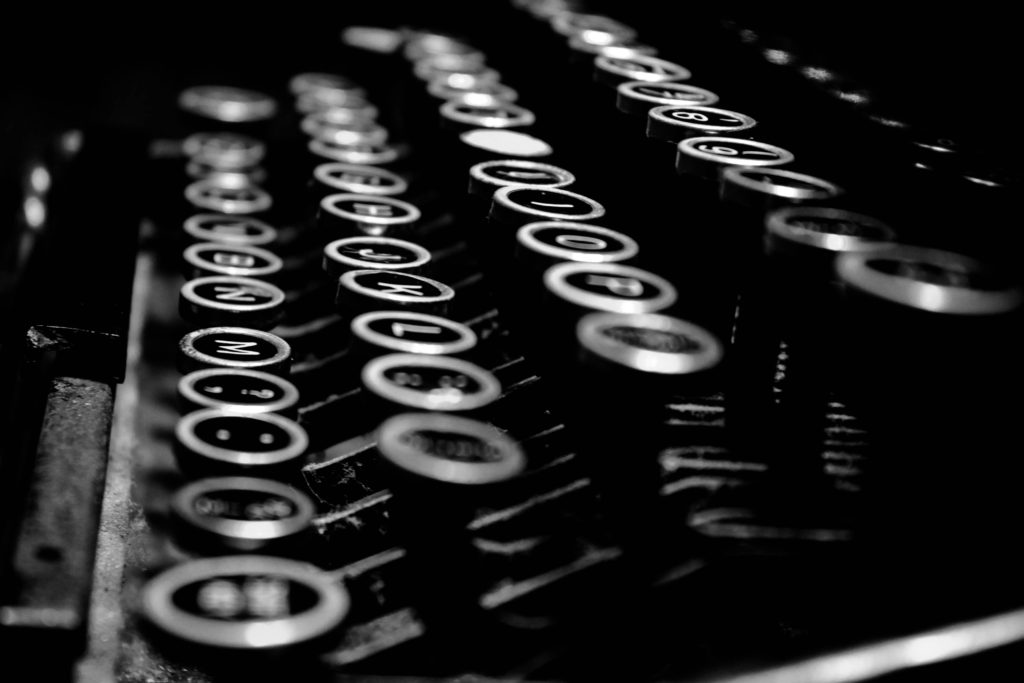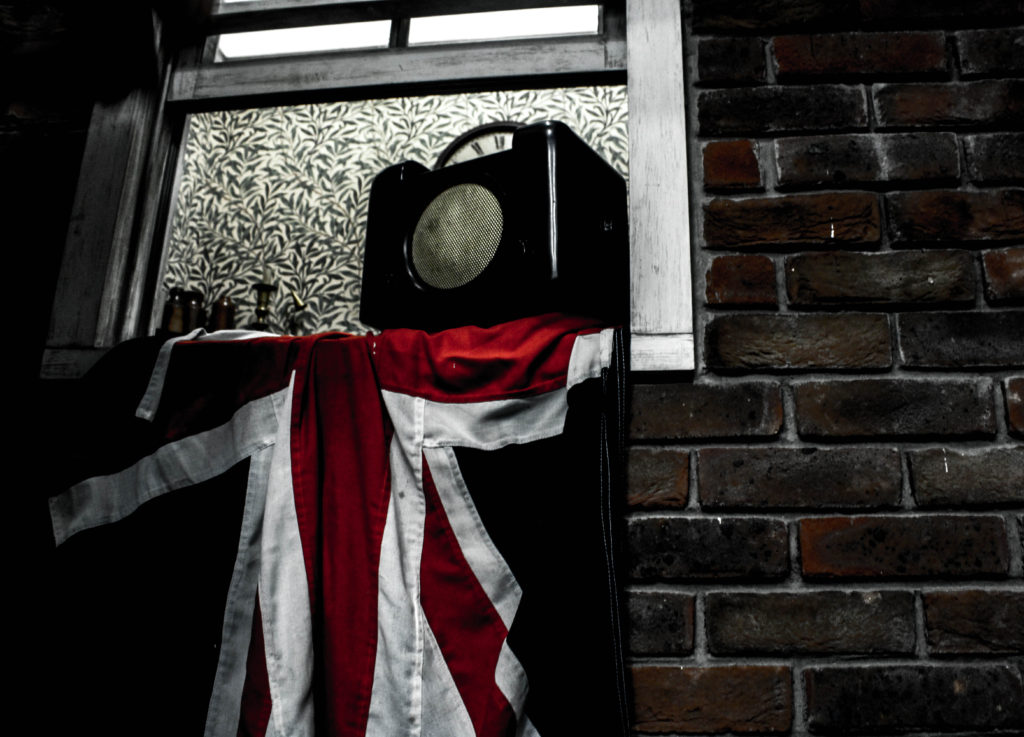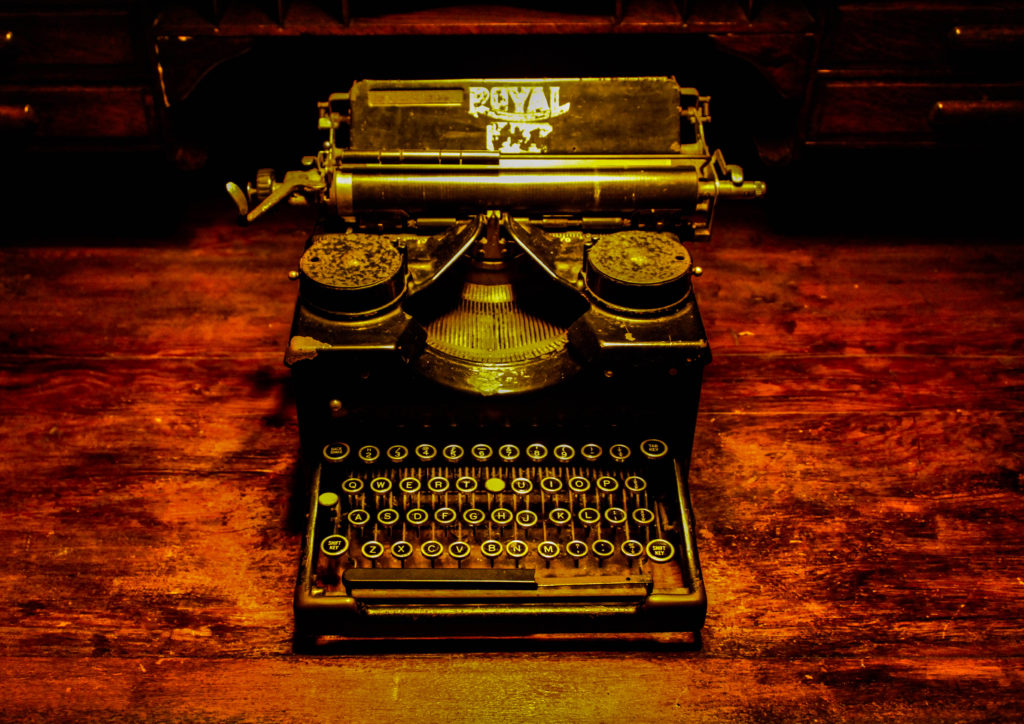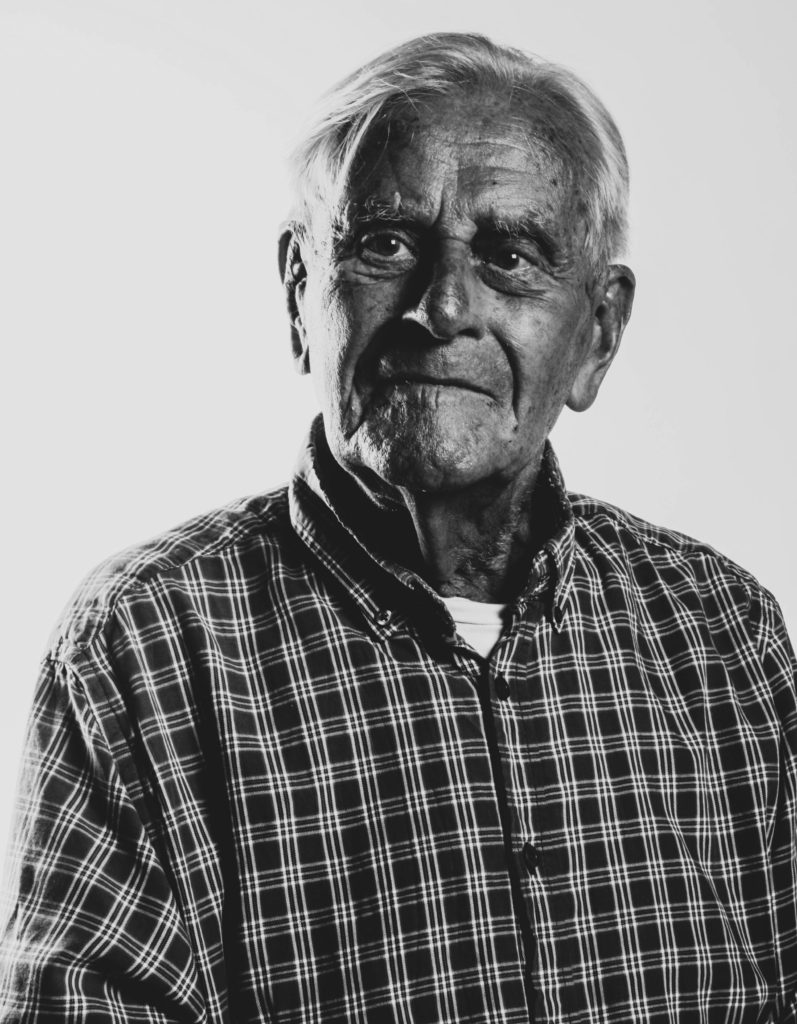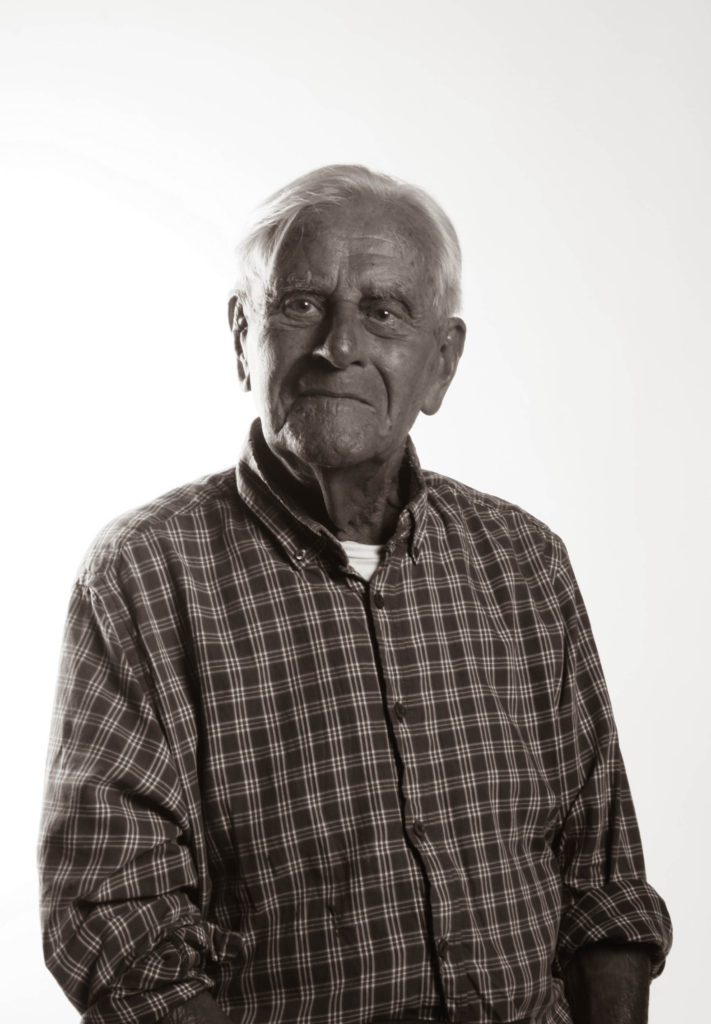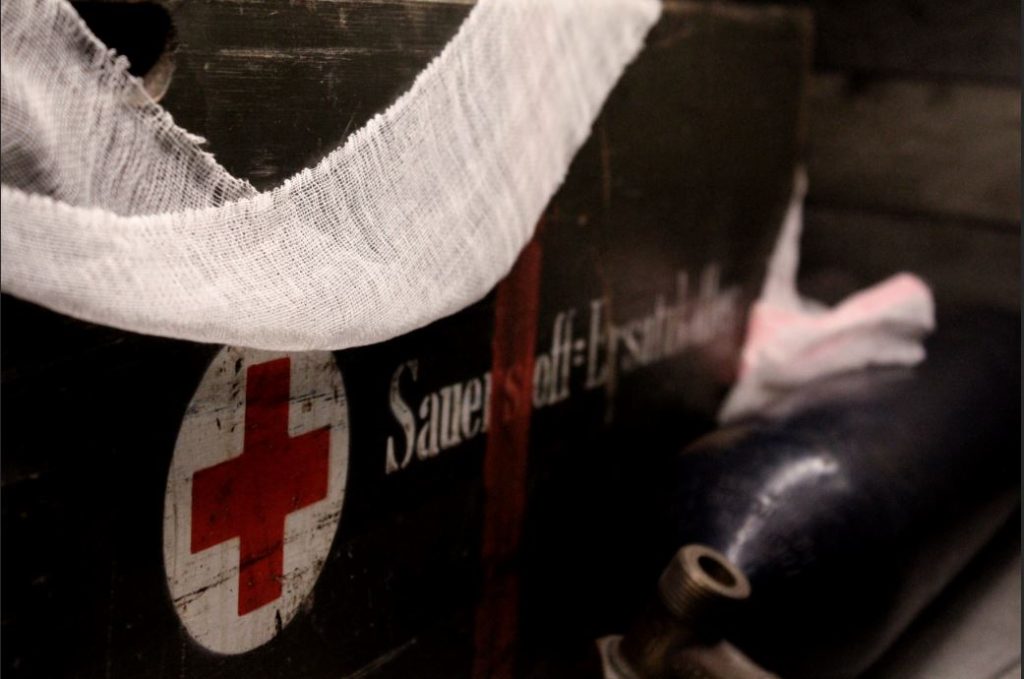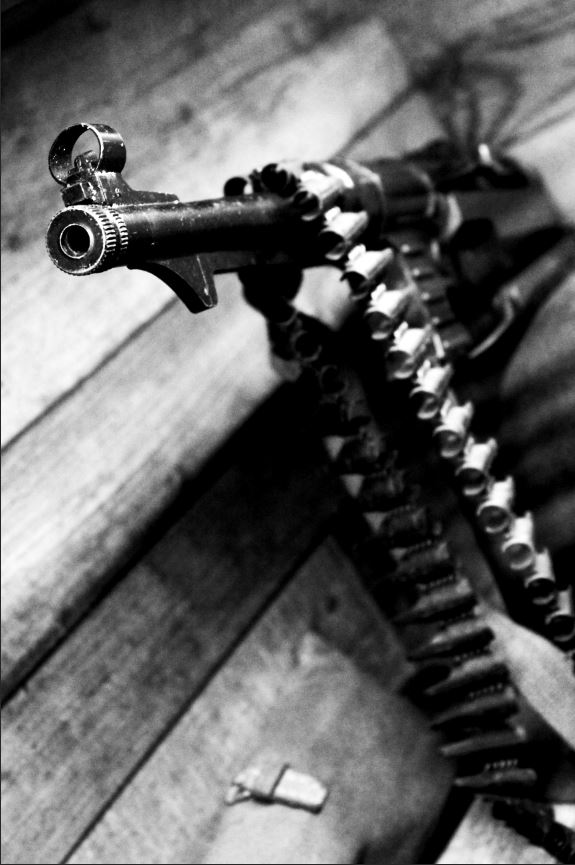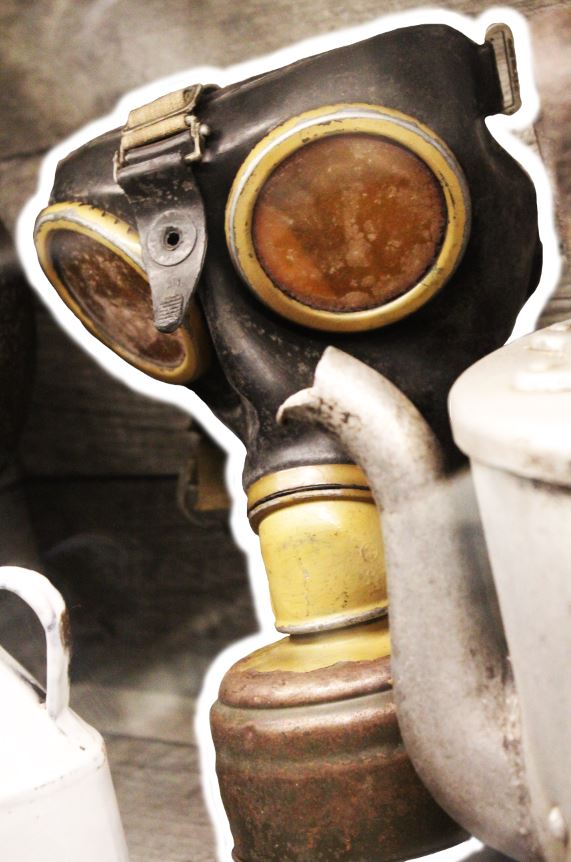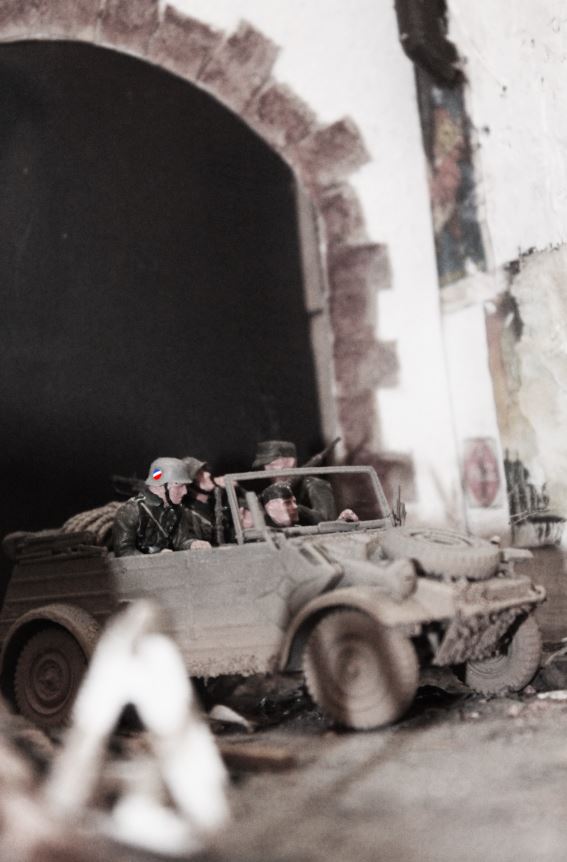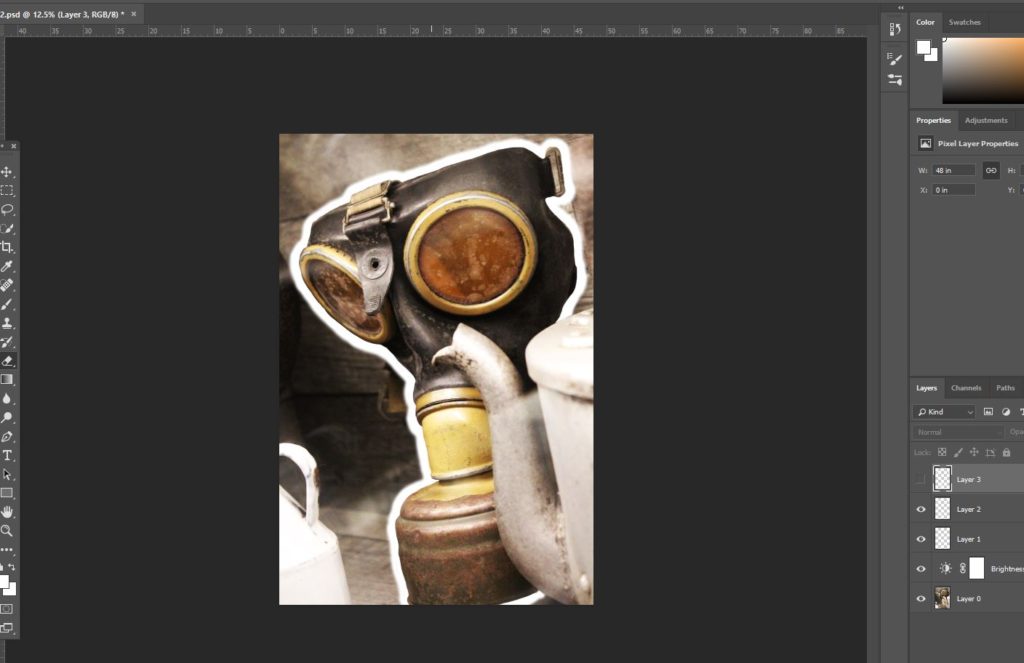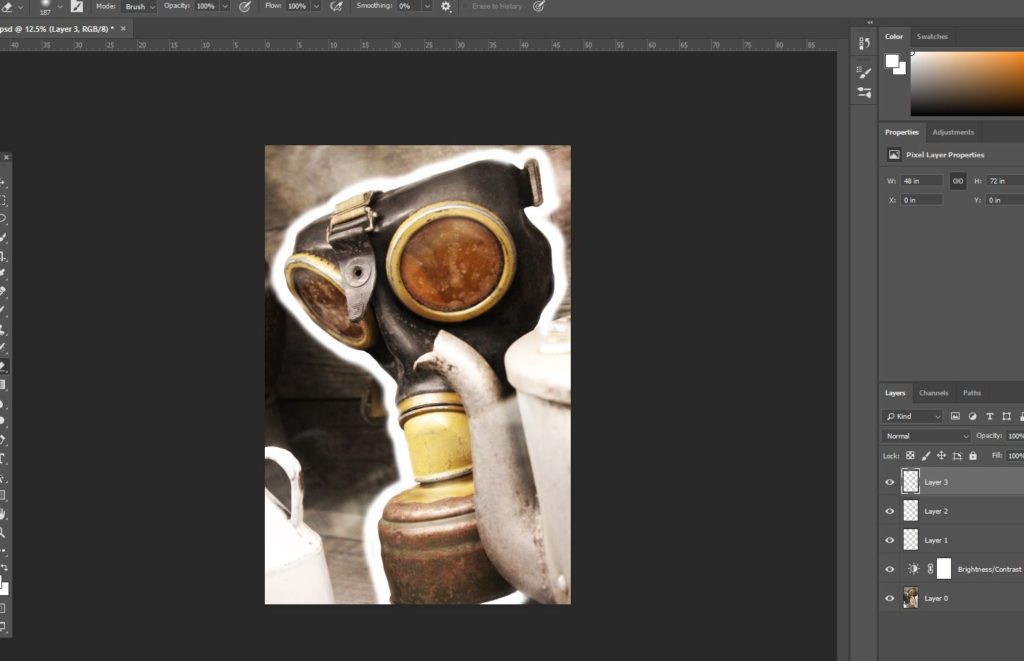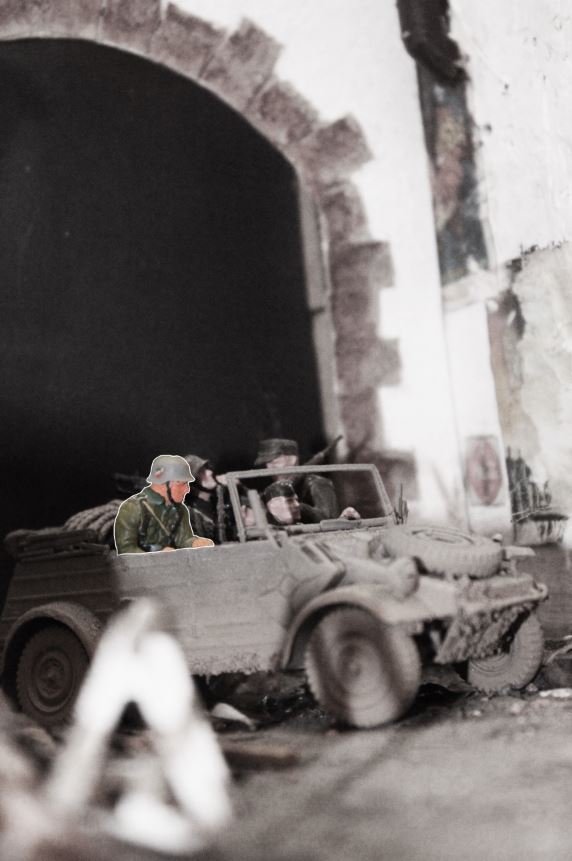Within the photoshoot I took my subjects into the environments which they can be found in the most, as well as placing them in locations to which they are comfortable and found the most. In this photoshoot I tried to keep the atmosphere relaxed, doing this allowed a more naturalistic representation of my subjects in their natural environment, giving an accurate representation of their personality. In addition, I also used artificial lighting found around the house, which would naturally be on when the subject is in that room, however I did set up some lighting to ensure the face of the subject was fully lit, and created a home and welcoming atmosphere.
Edits:
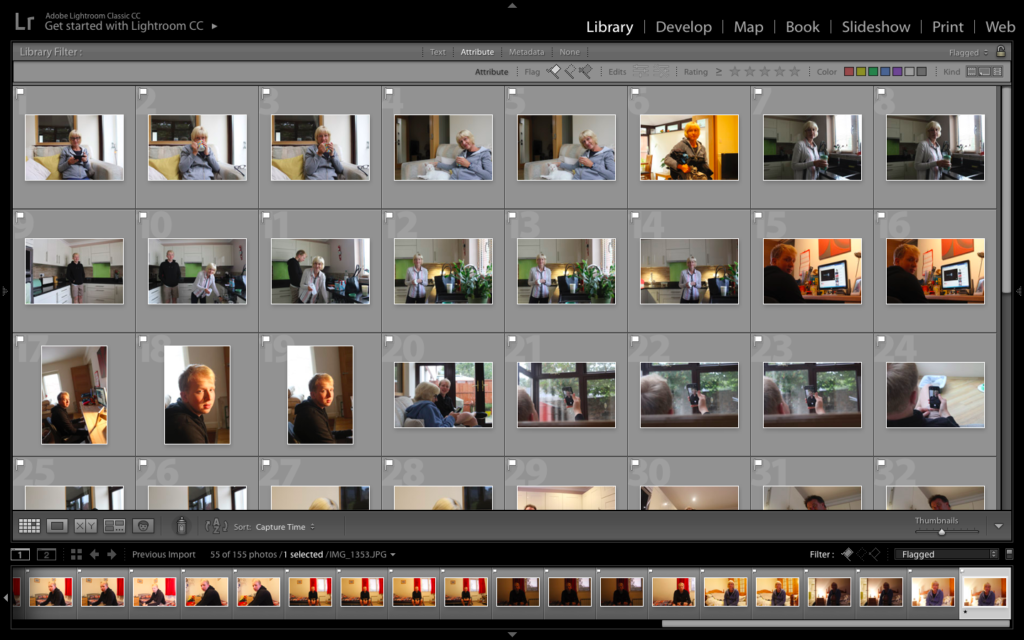
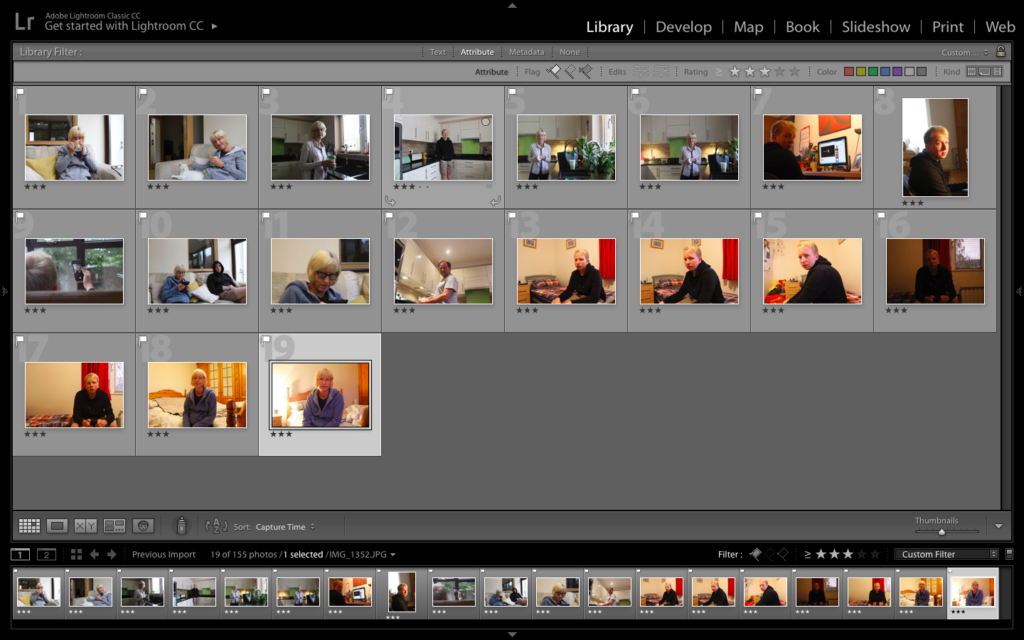
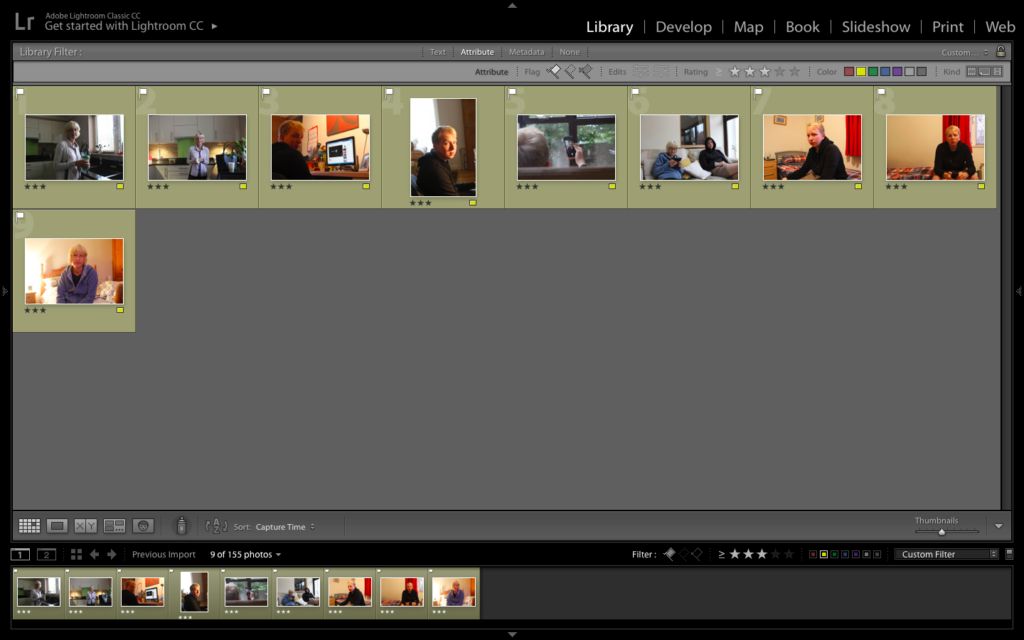
Colour Edits:
For my colour edits I chose photographs, in which the artificial lighting was manipulated for effect. To start off I began by adjusting the photographs by correcting the white balance, adjusting the white, blacks, contrast and structure. Then using the radial filter, which allowed my subjects face to be the main focal point of the image. It allowed me to adjust the background of the composition, allowing my subject to be illuminated and centre of attention
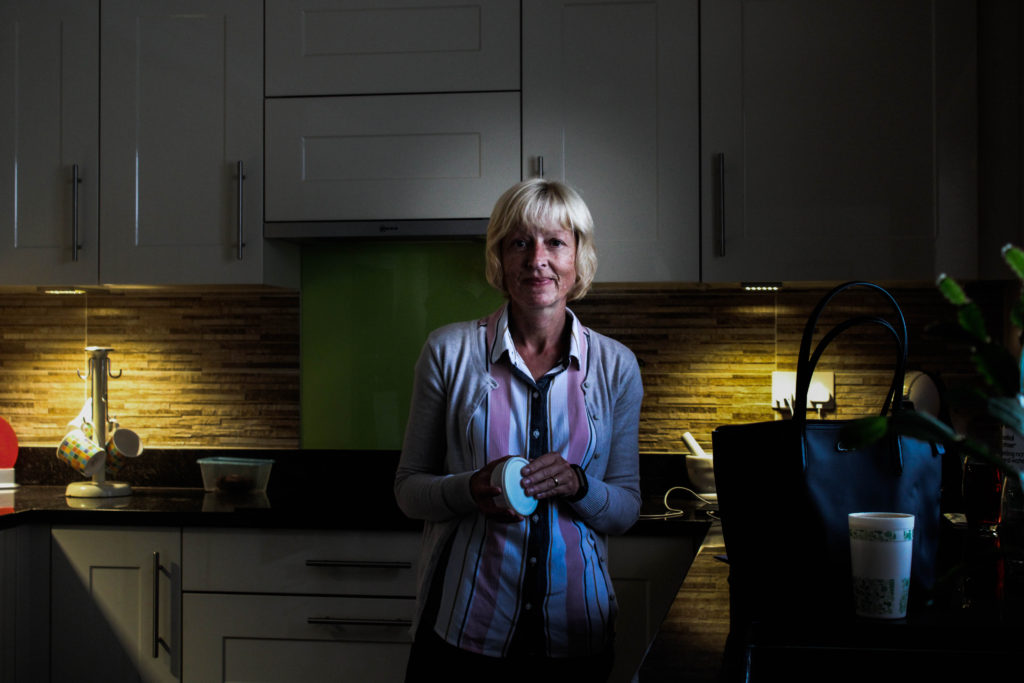
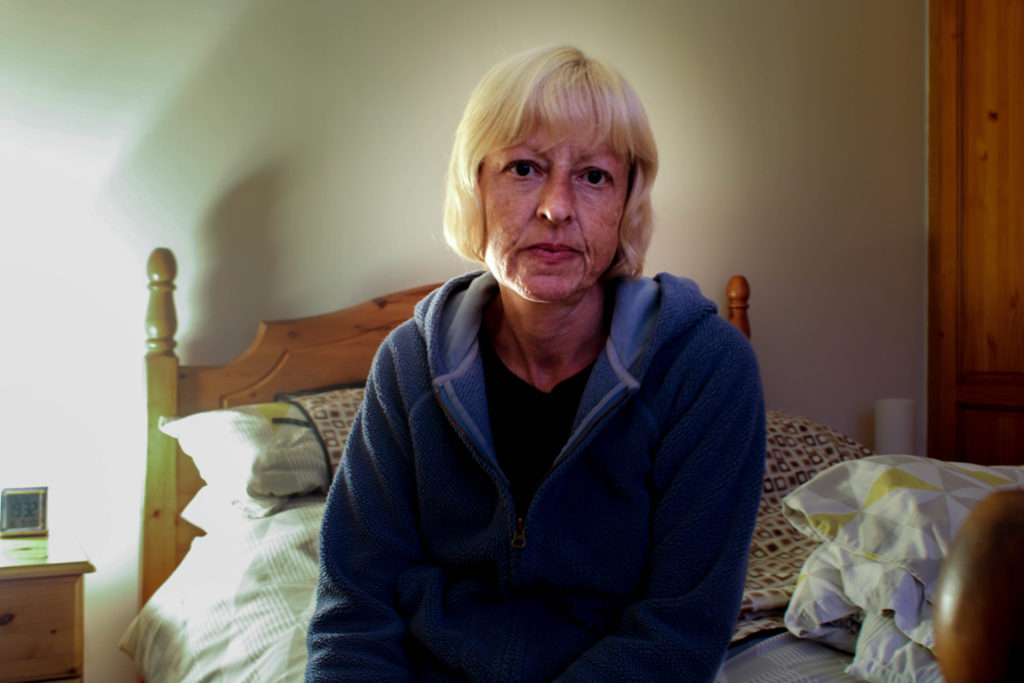
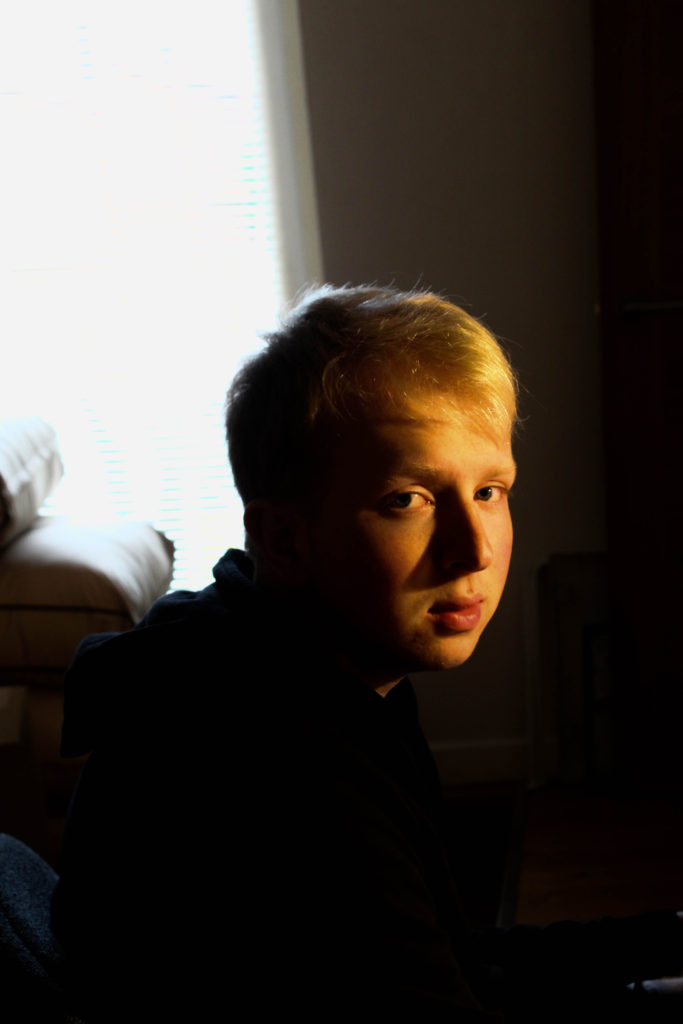
Black and White Edits:
For my black and white edits I chose photographs, in which the artificial lighting was naturally darker and was the natural lighting within that environment in the house. To start off I began by adjusting the photographs by correcting the white balance, adjusting the white, blacks, contrast and structure. Then using the radial filter, which allowed my subjects face to be the main focal point of the image. It allowed me to adjust the background of the composition, allowing my subject to be illuminated and centre of attention
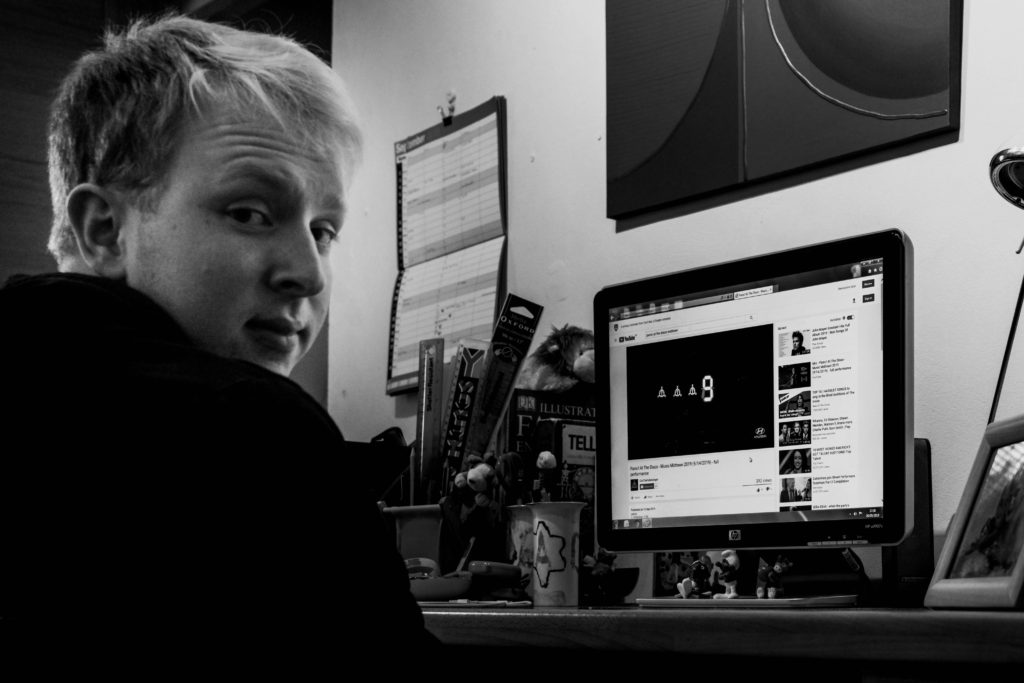
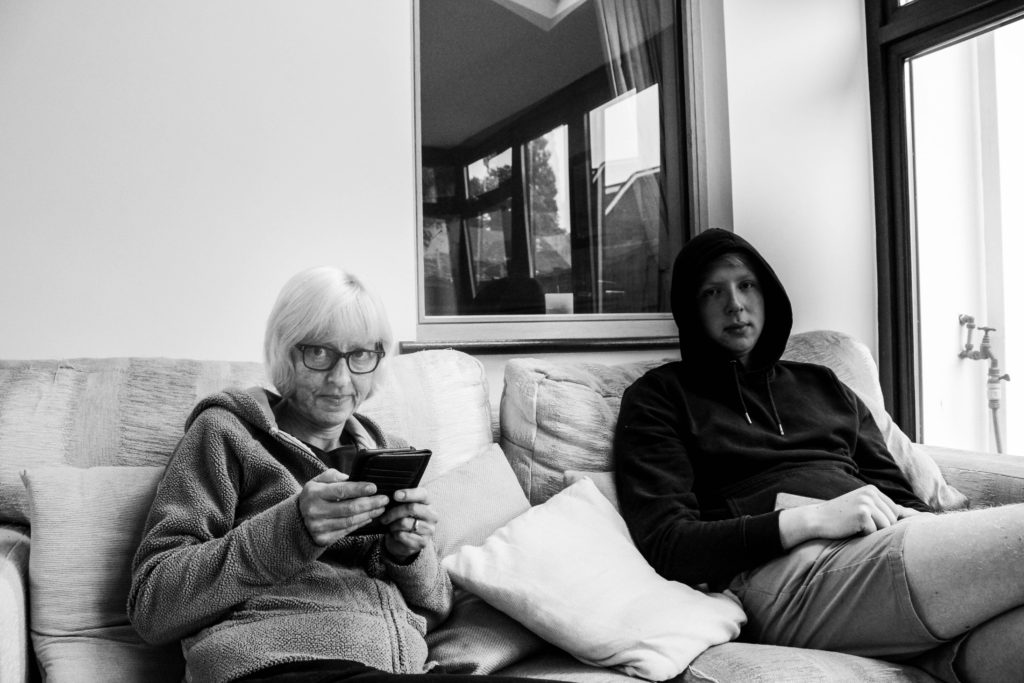

Above, I believe is my top outcome from the photoshoot, due to the technical and visual elements the photograph holds. Conceptually, I was showcasing my brother in his room, where he spends a lot of time alone. To me it was important to not only capture him but also the background behind him (taking inspiration from Michelle Sank) as it helps to develop our understanding of his personality. Visually, the composition of the frame is kept simplistic. I wanted to create a sense a space, through the position of my subject within the frame, clear use of the technique rule of thirds. In addition to the formal element of space, I also wanted to showcase form, and shape, which is clearly presented to the layout of the frame and the background. In this photograph, the subject is located in the foreground, and the background is the layout of his room, which allows a slight narrow depth of field to present within the work, suggesting a slightly raised aperture. Technically, the shutter speed is kept quick due to no intended blur and the subject being still. For this photograph I slightly raised the ISO, for an artistic purpose, in order to create a slight bit of noise, helping to emphases a homely atmosphere. Having this ISO works in cohesion with the warm, soft artificial lighting which was used, as well as the sunlight ISO which helped to emphasise the warmth, which creates the homely and welcoming environment.
Evaluation:
To evaluate I believe I have been able to successfully explore environmental portraits within my home environment. I researched and gained a connection with my subjects allowing an accurate representation of my subject’s personality and how their natural environment describes them. I produced some successful photographs, which showcase my ability to use different camera settings (ie adjusting the ISO to gain noise for effect), as well as further experimenting and using the different tools within Lightroom, to develop my photograph for effect. To conclude, I am happy with the general aesthetic of my work and the final outcomes produced. It also shows further exploration into this form of documentary photography, from my previous work where I looked at gender stereotypes in the early 20th century.


